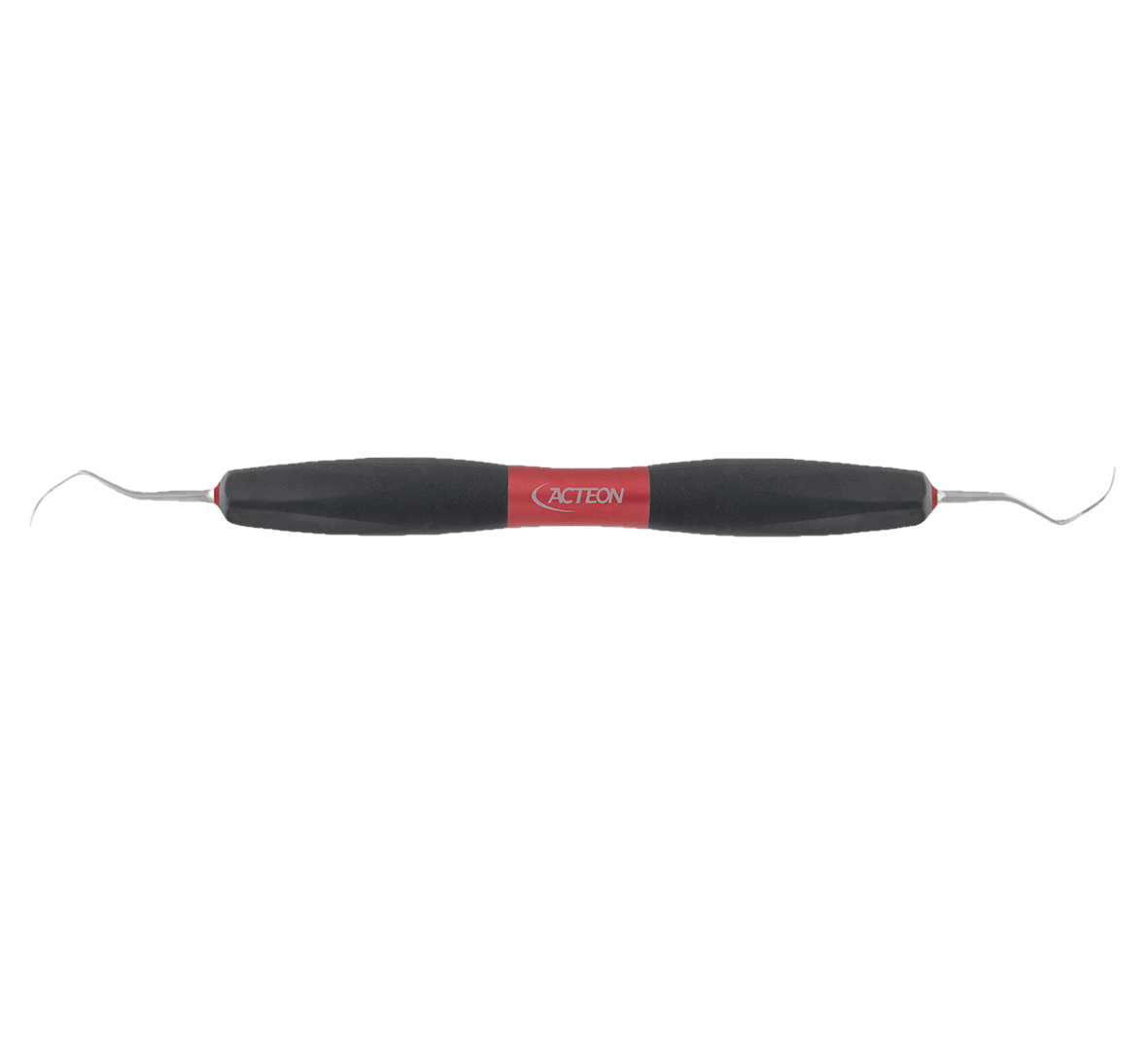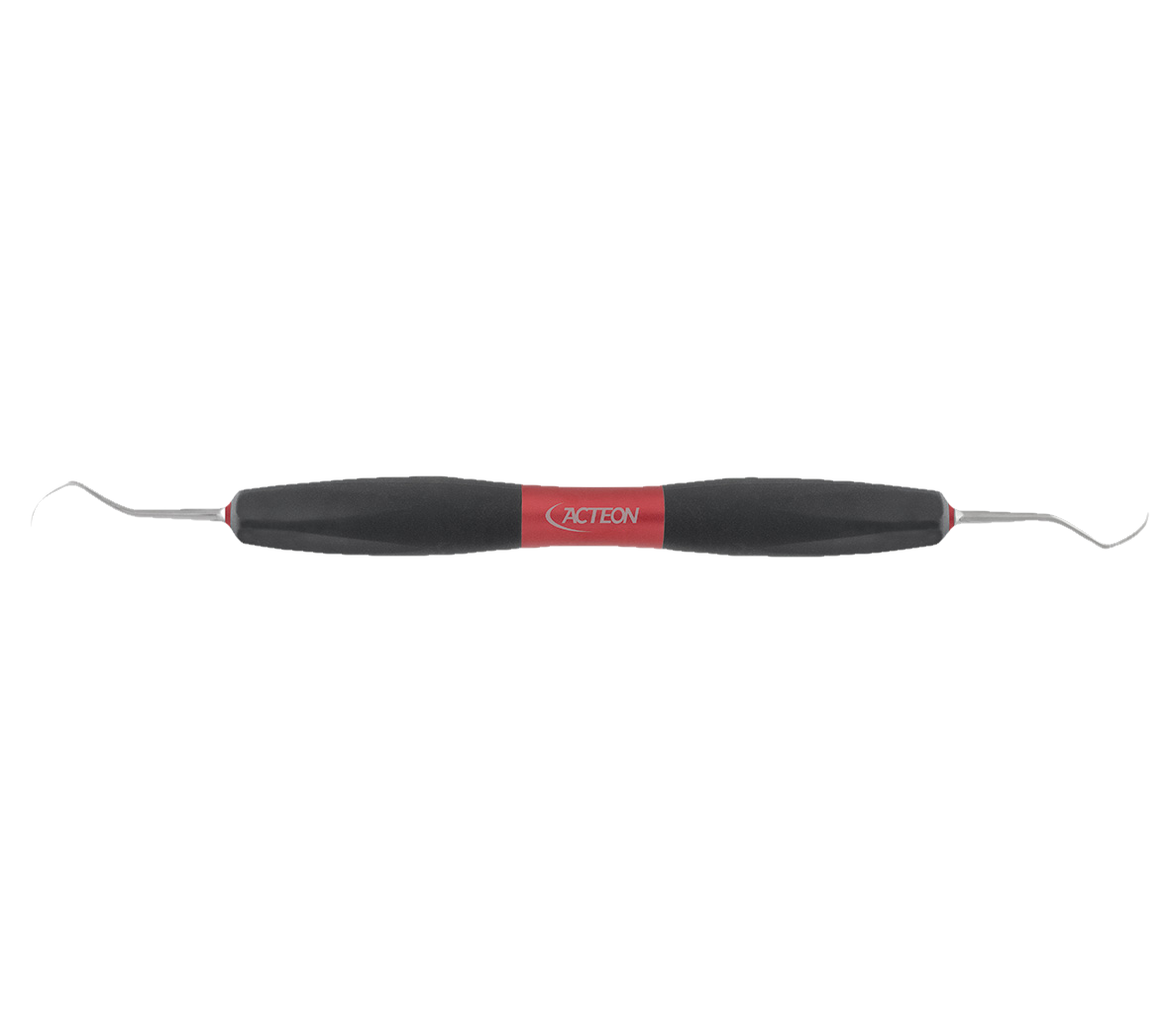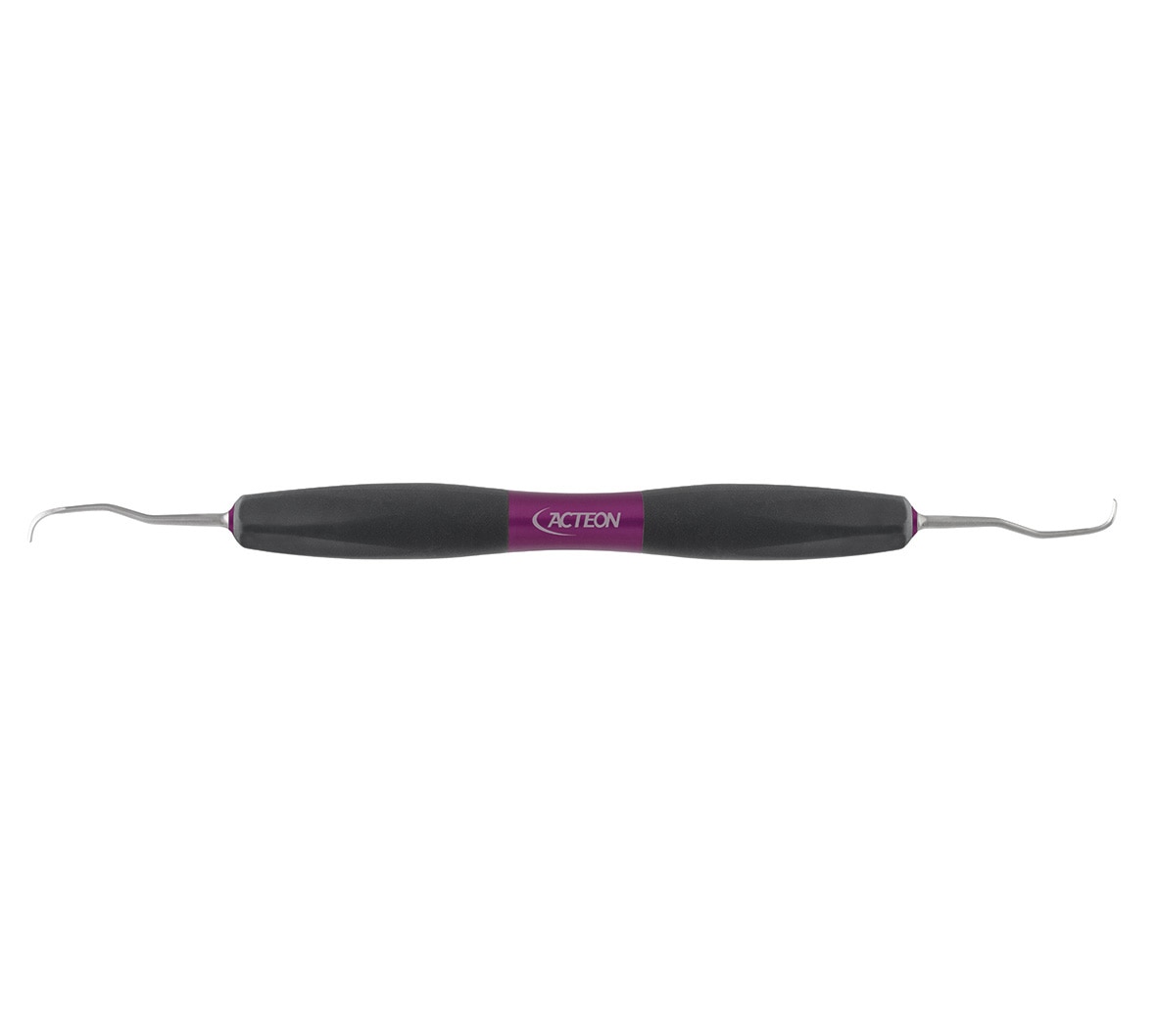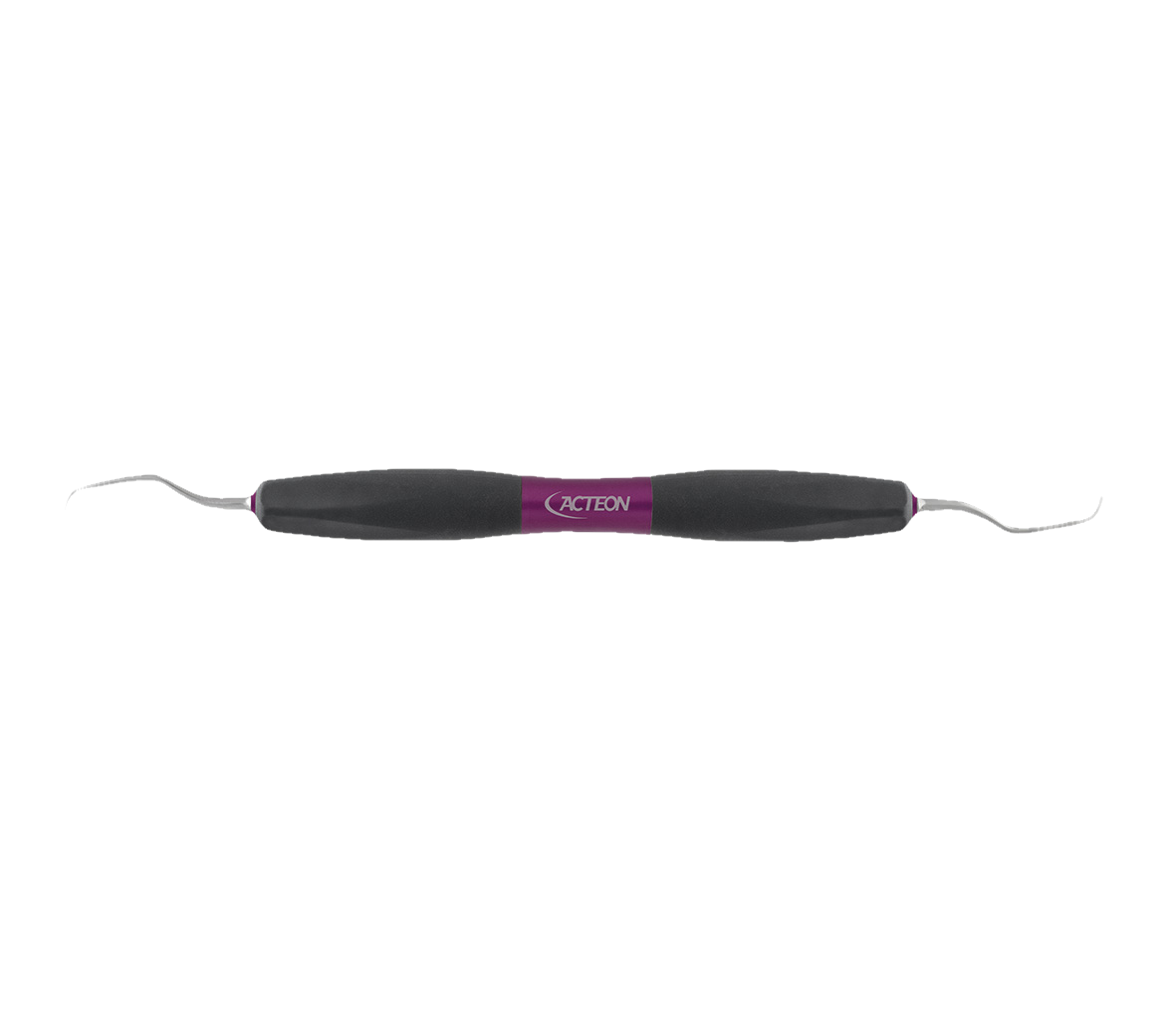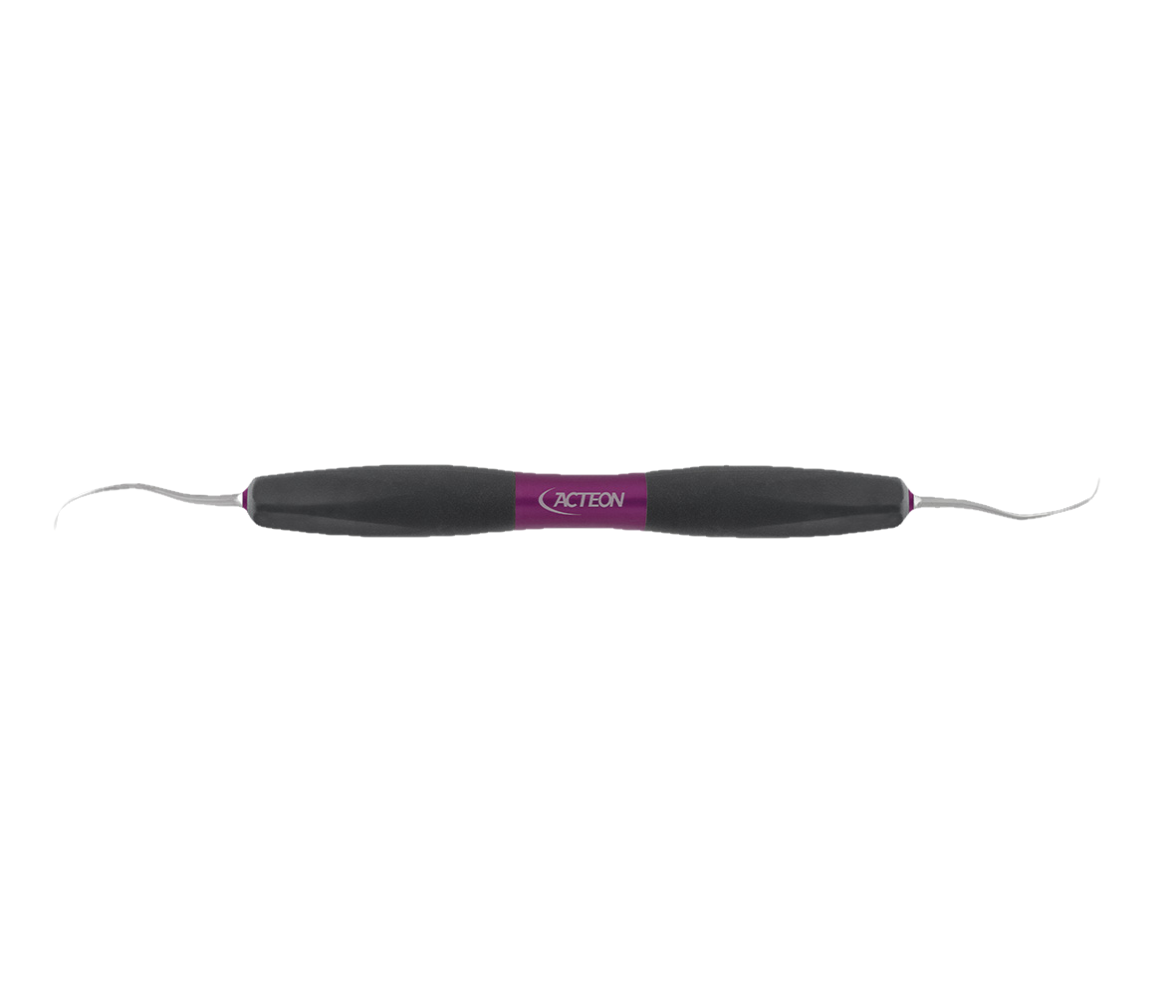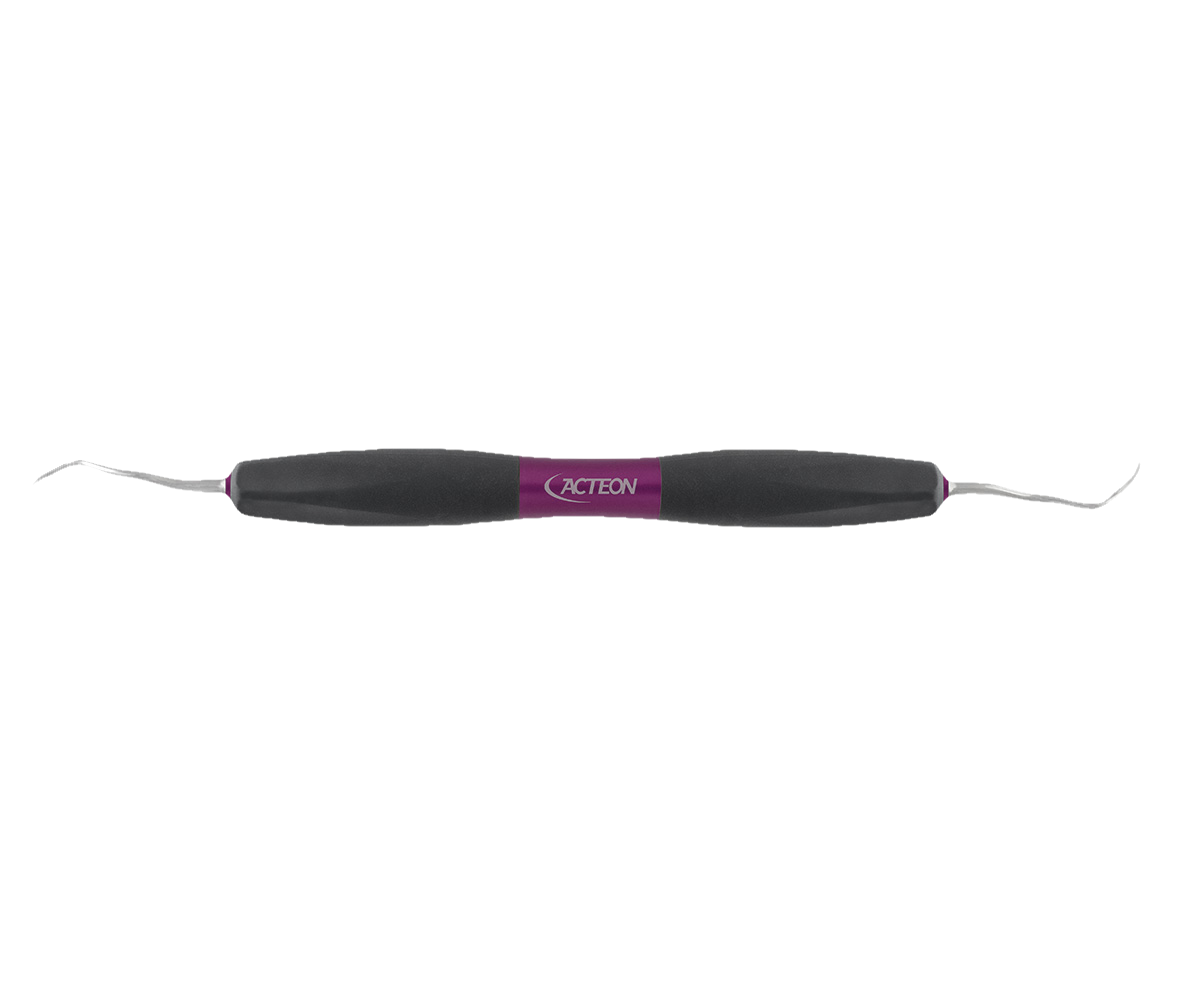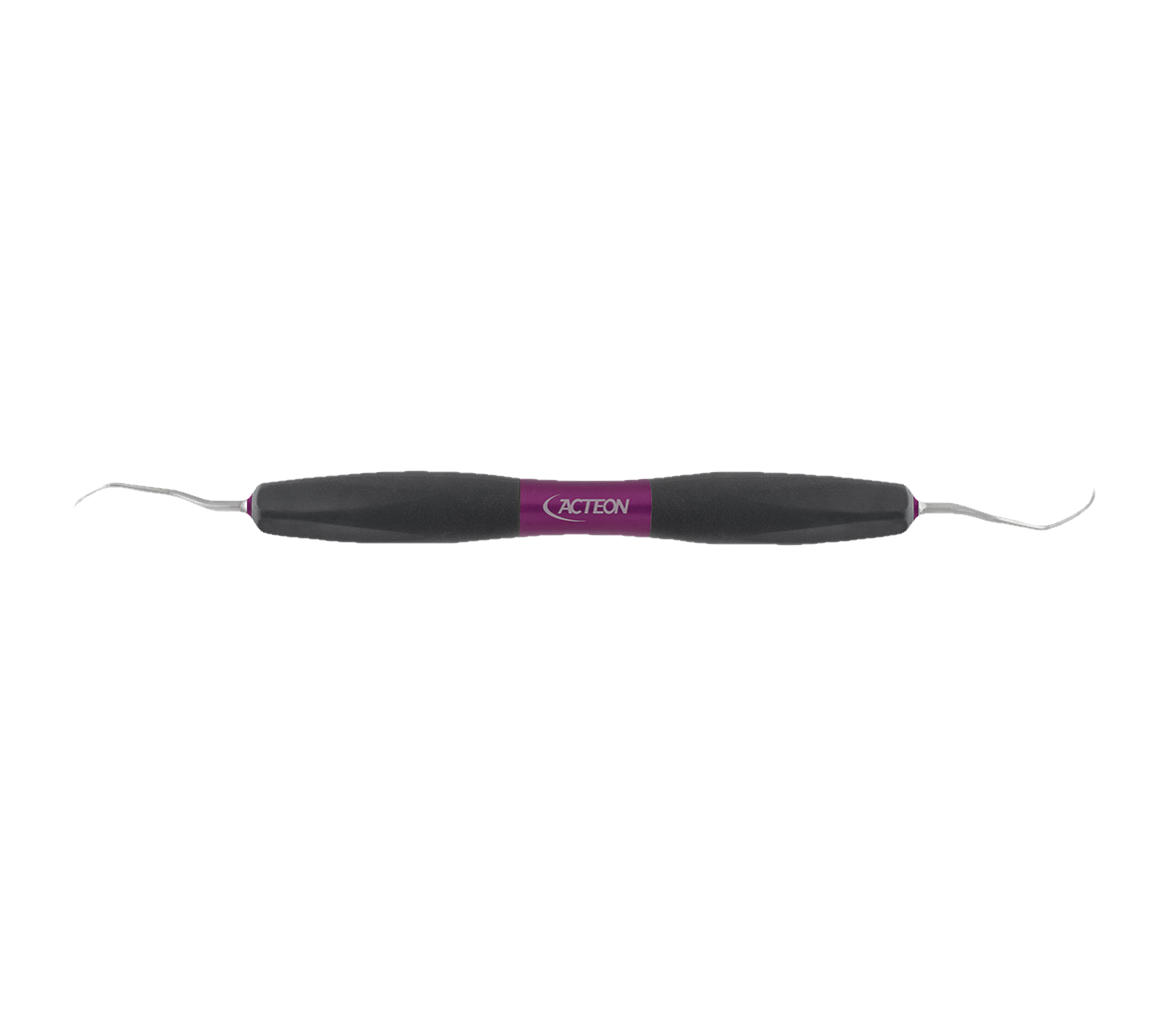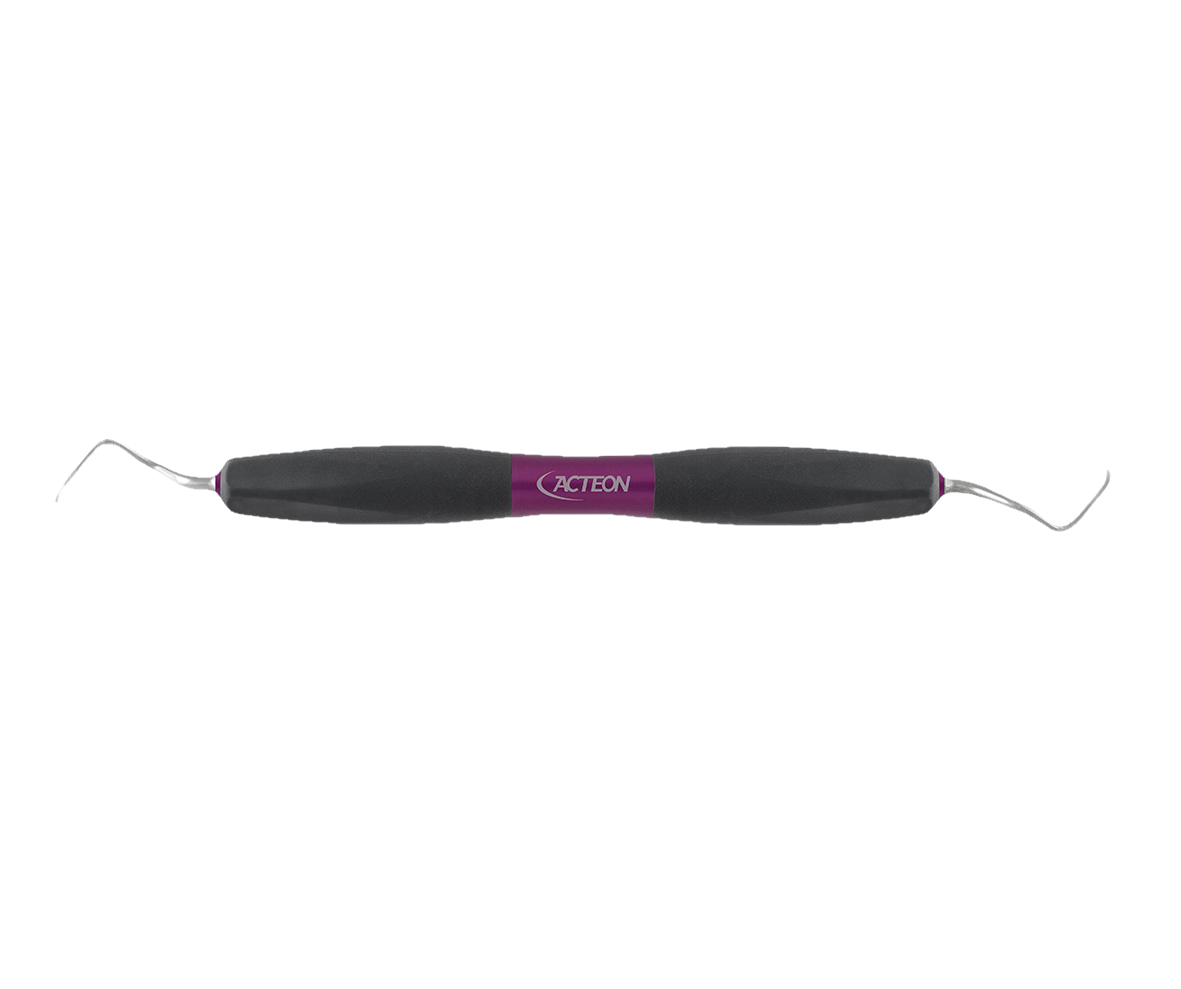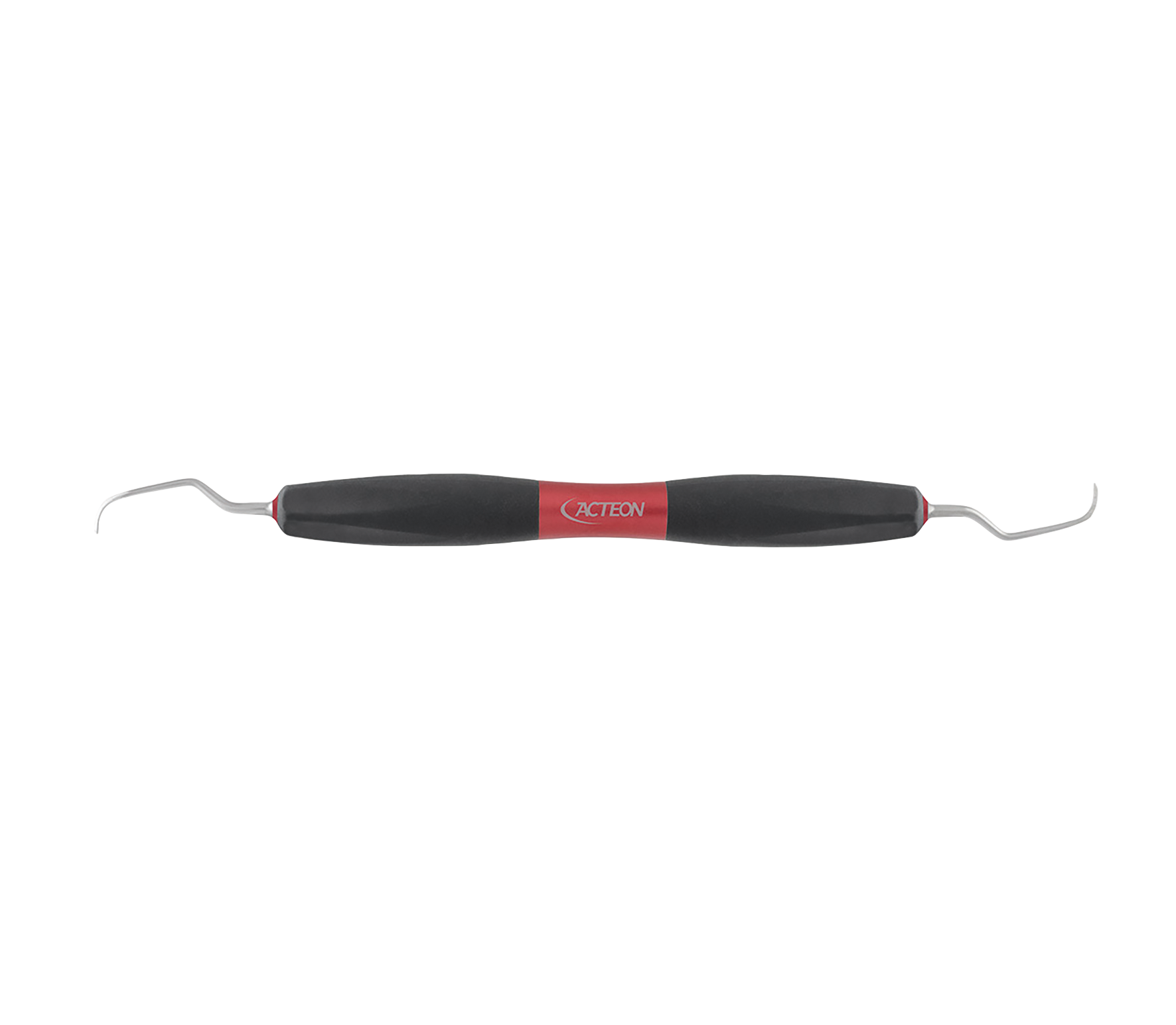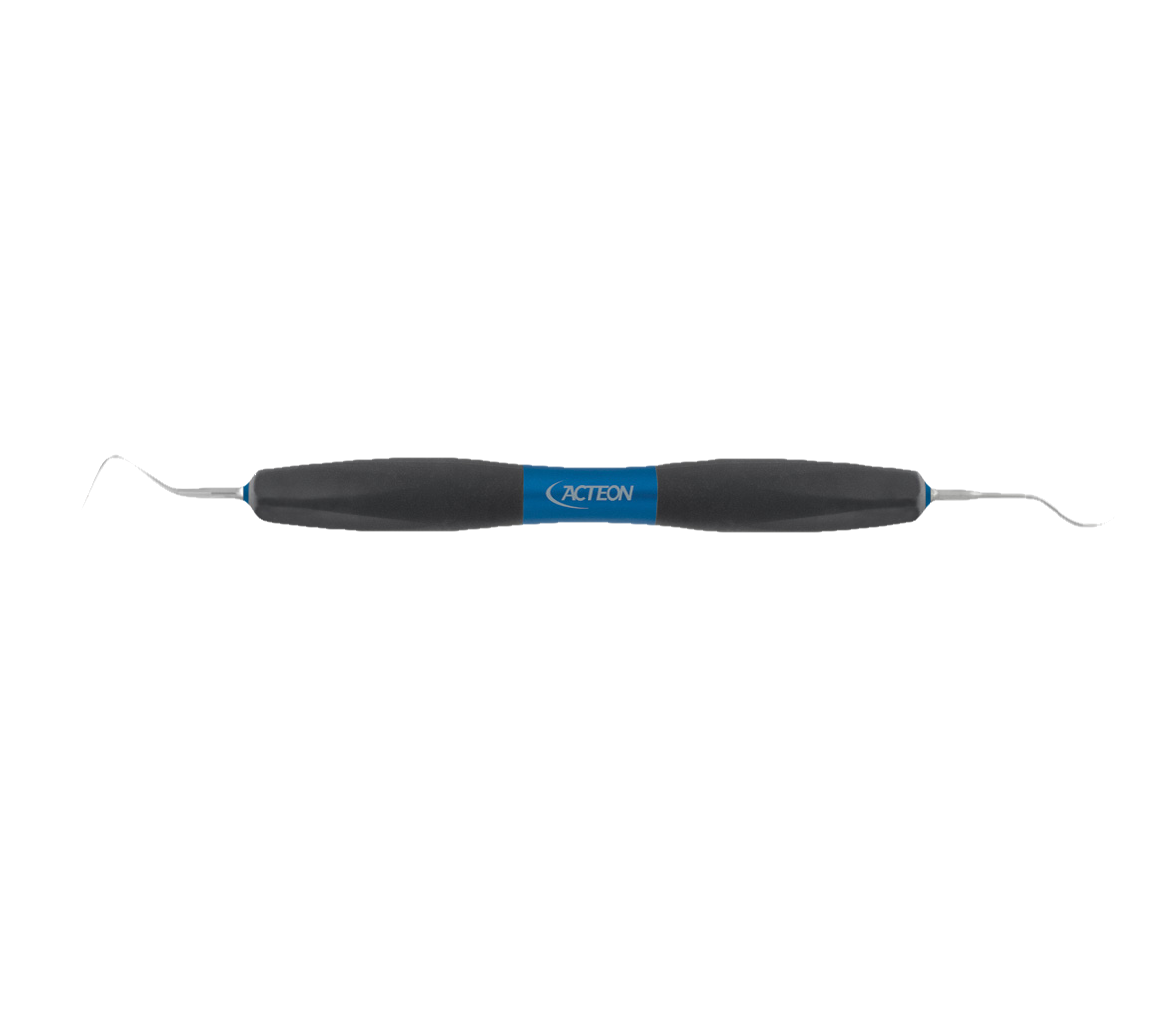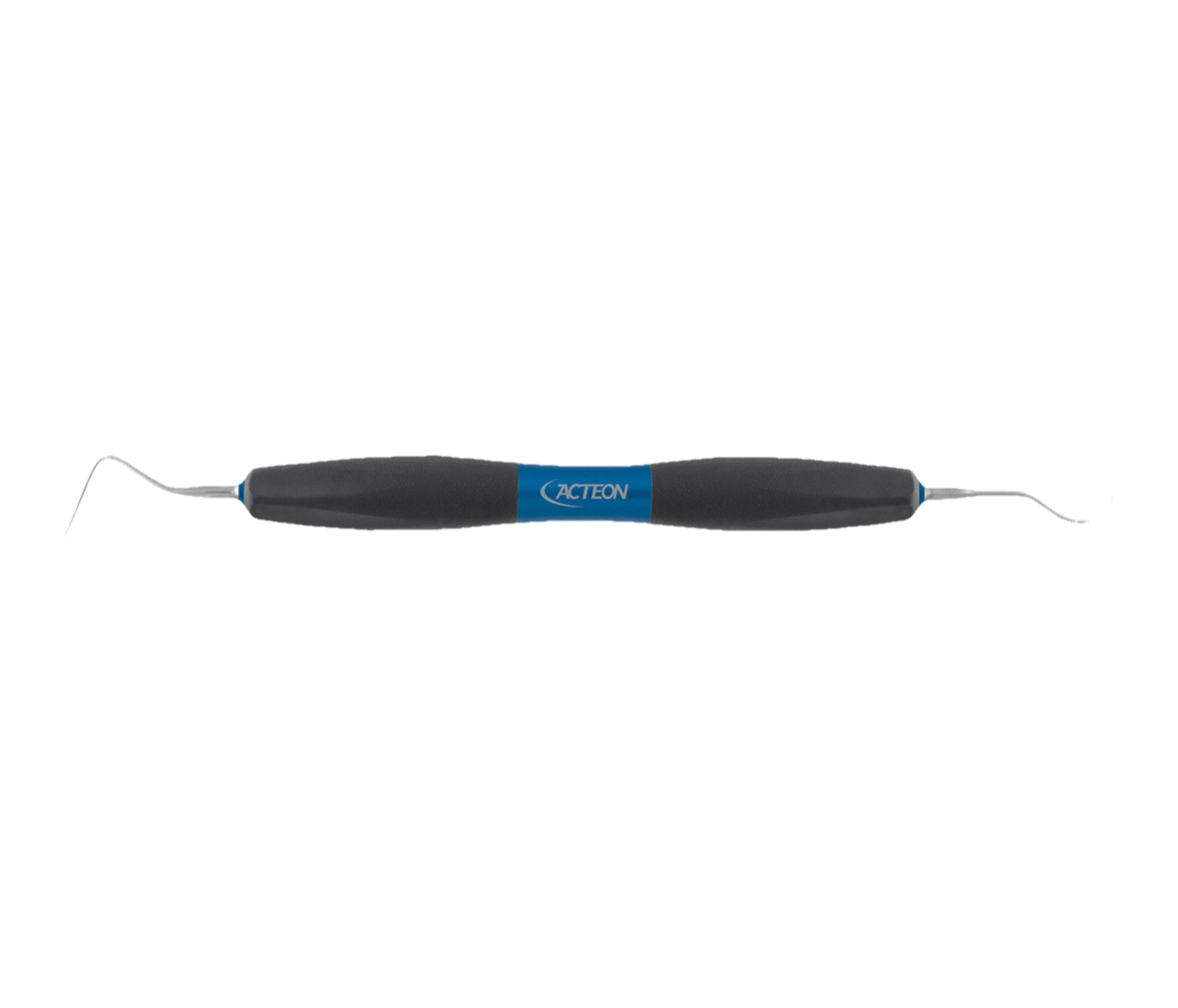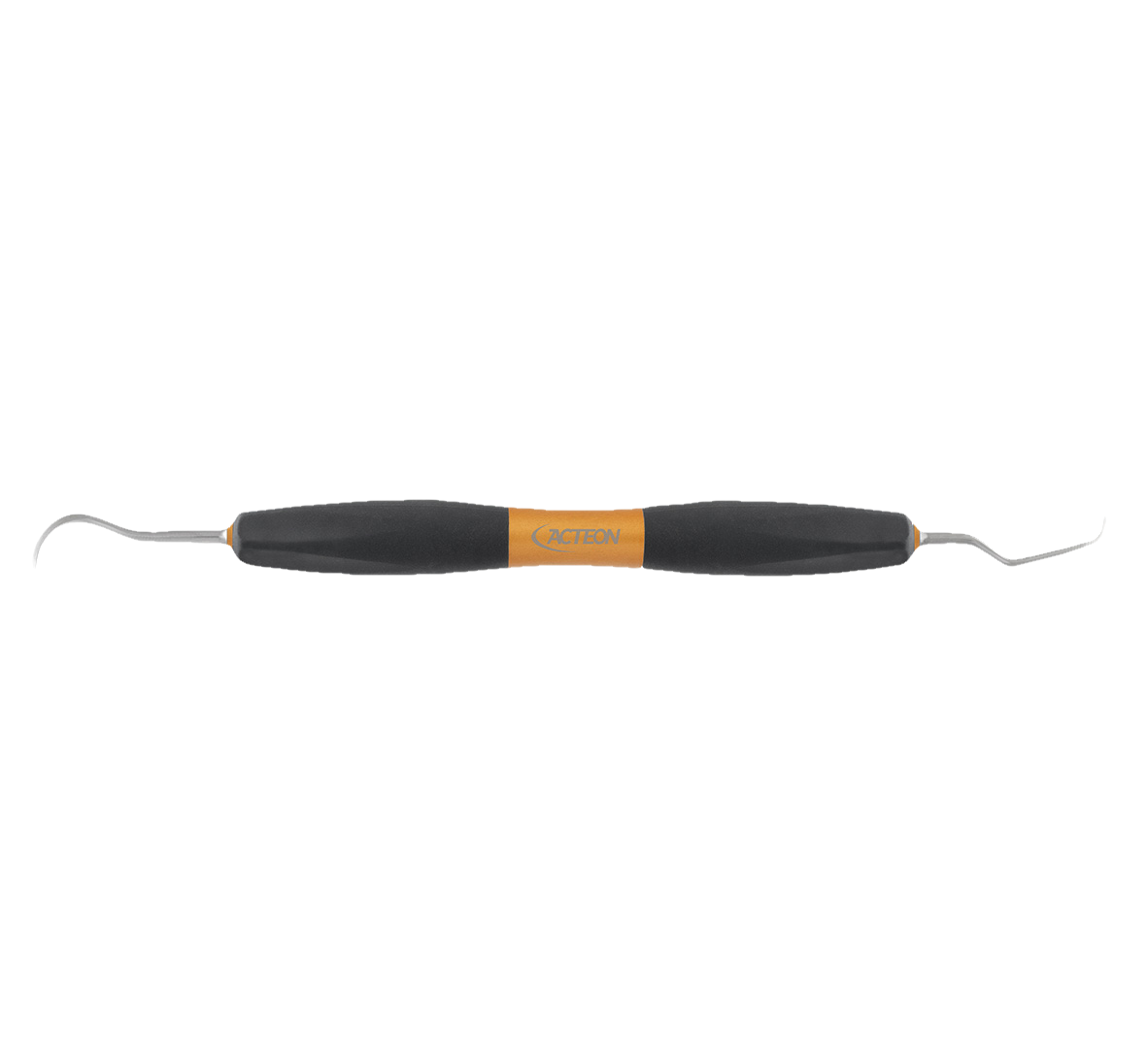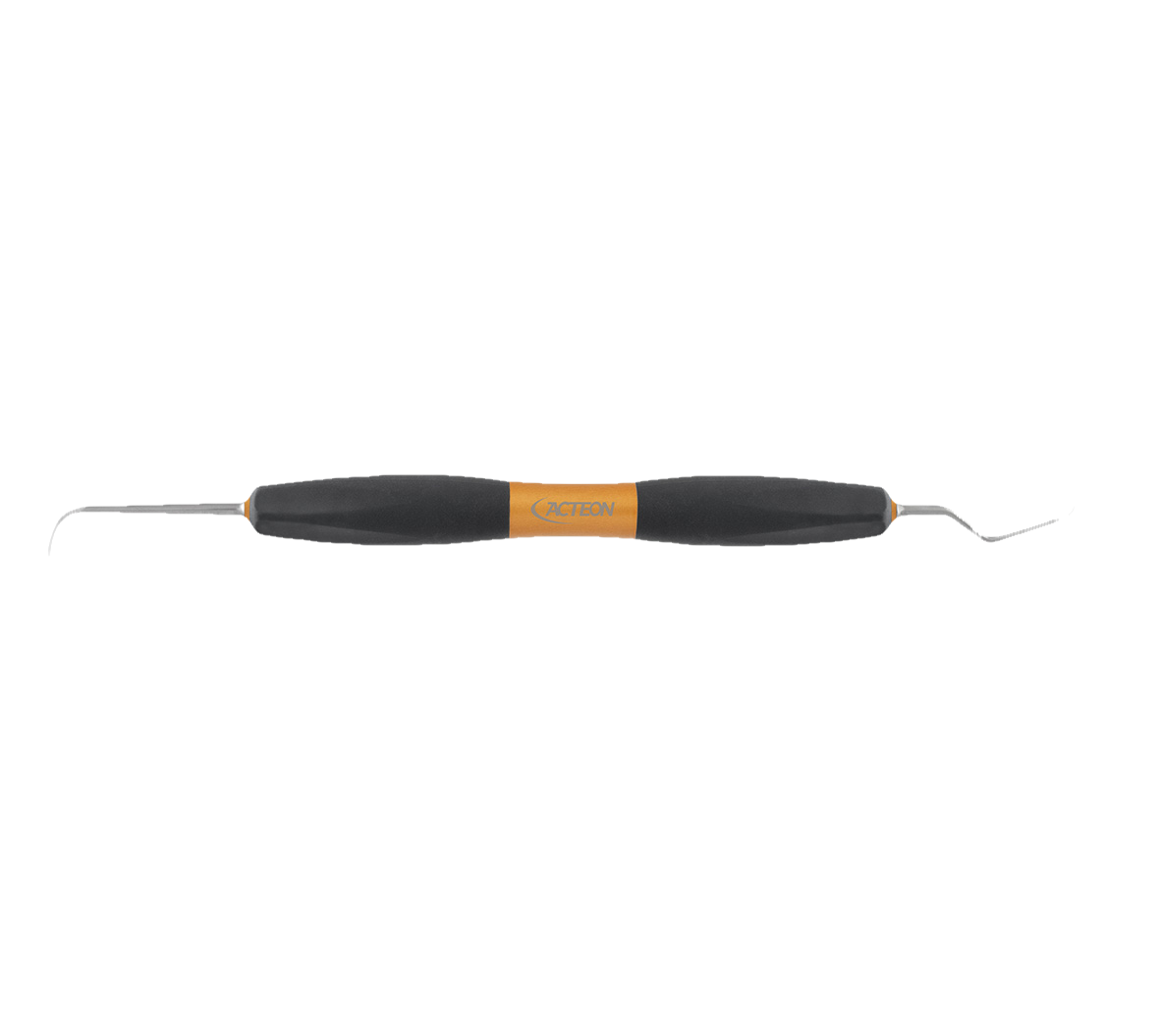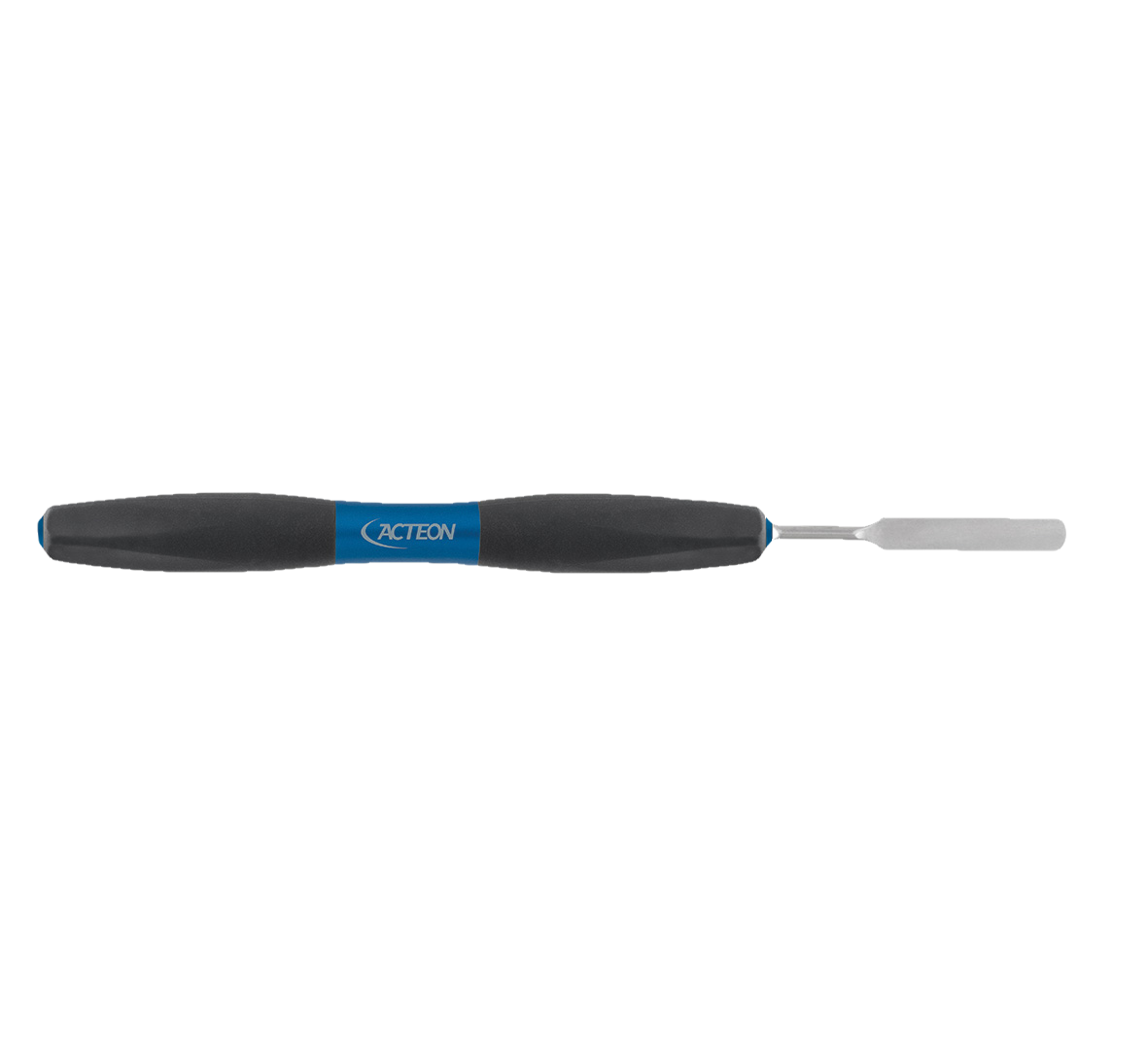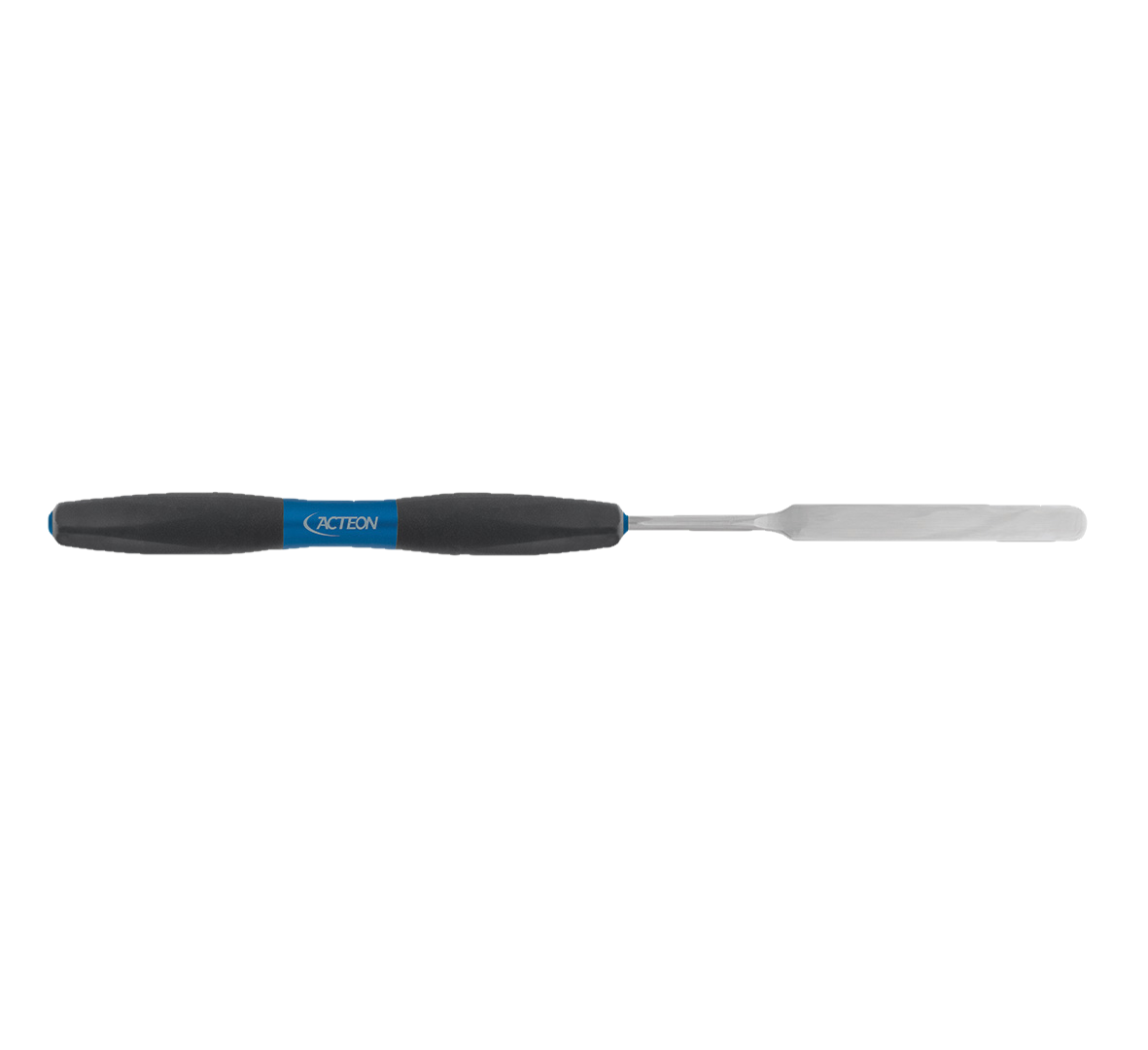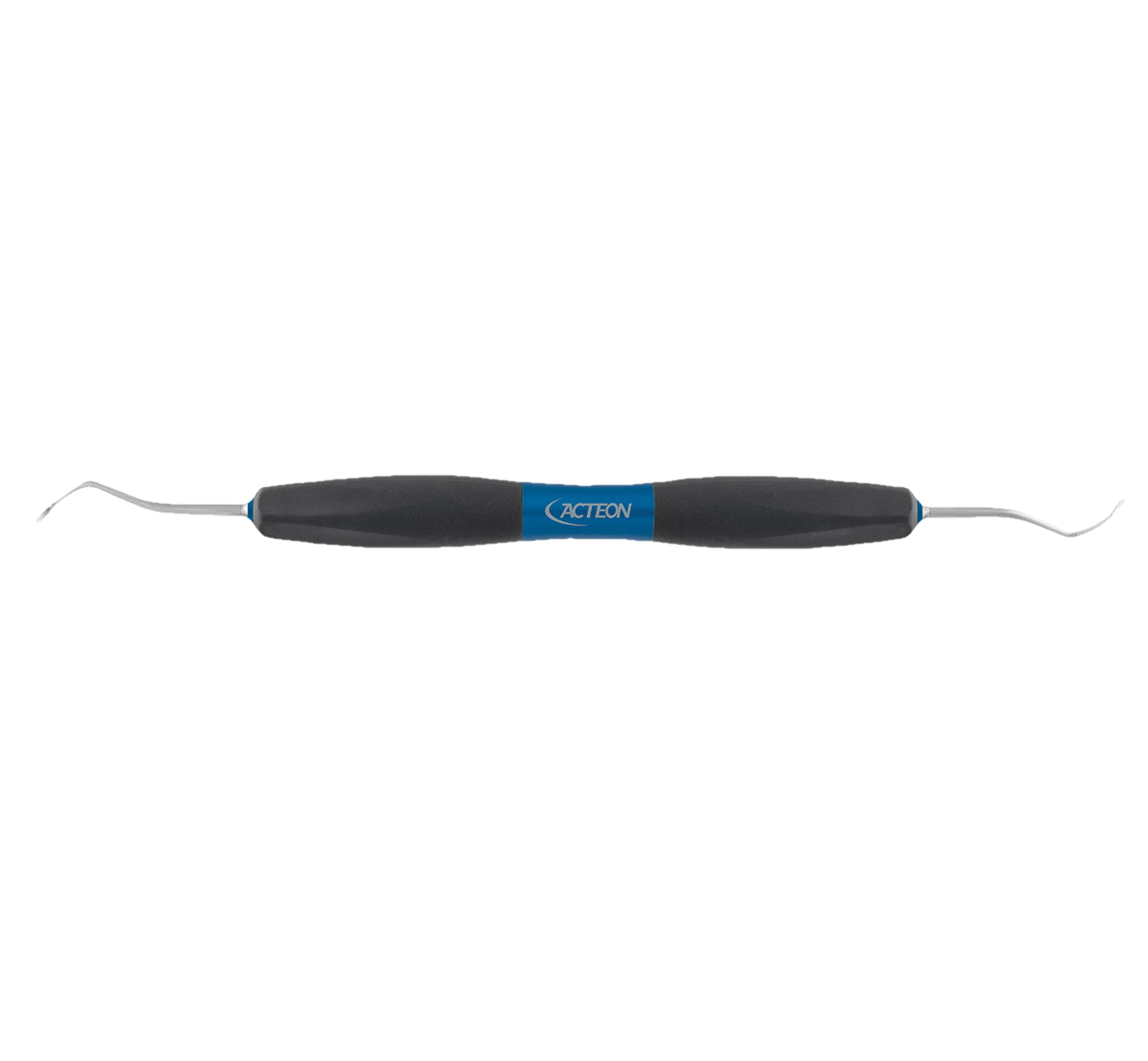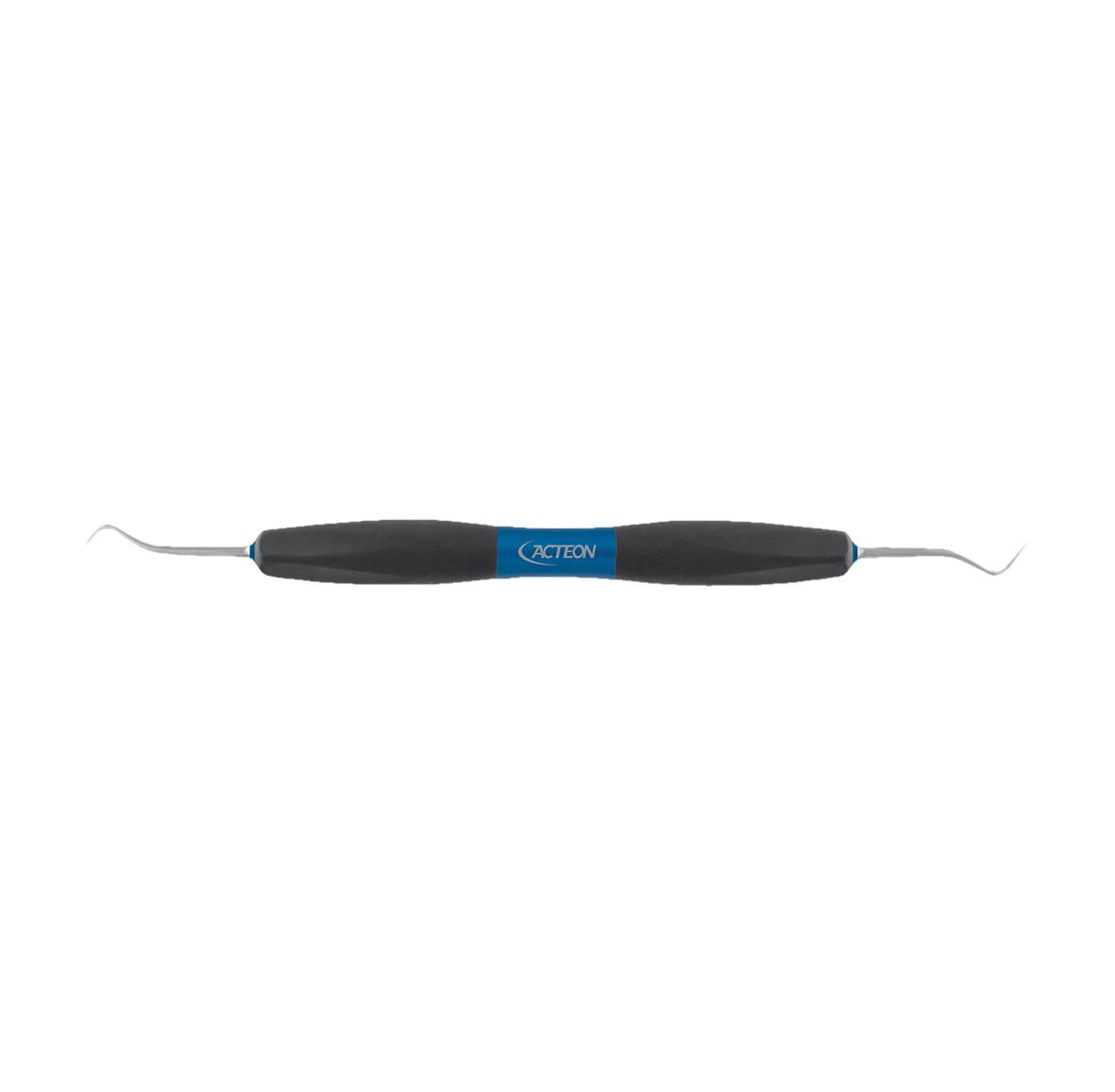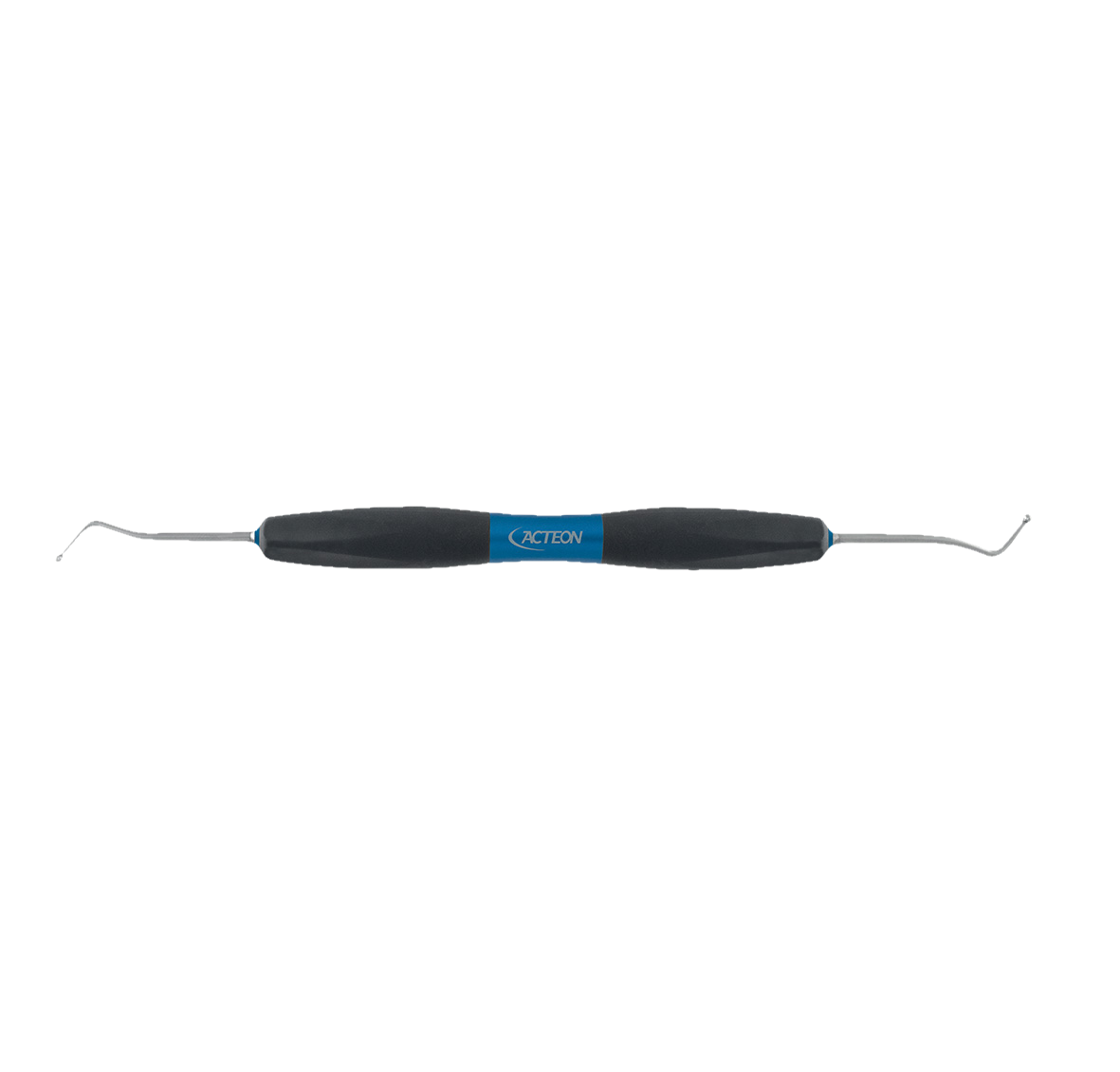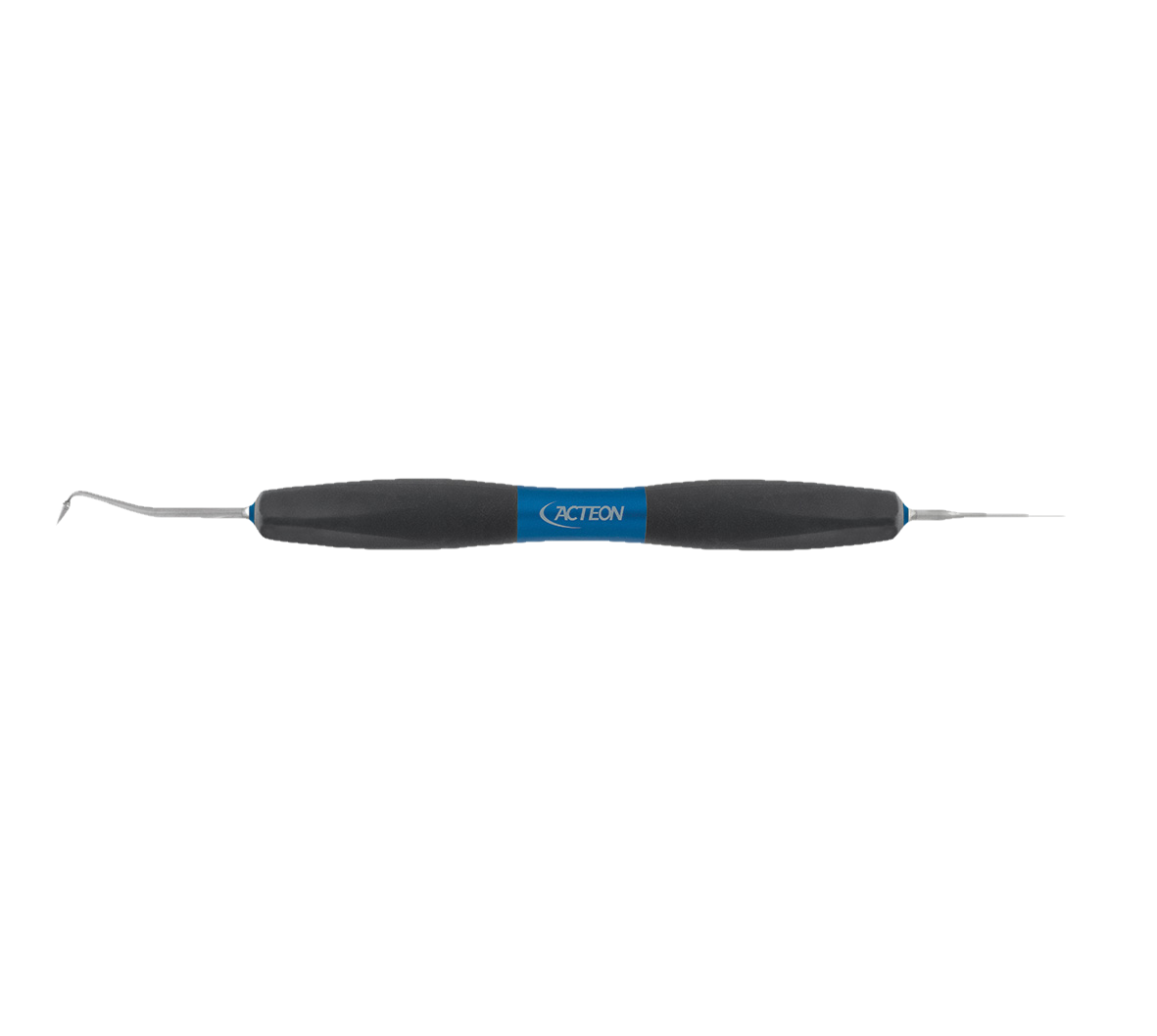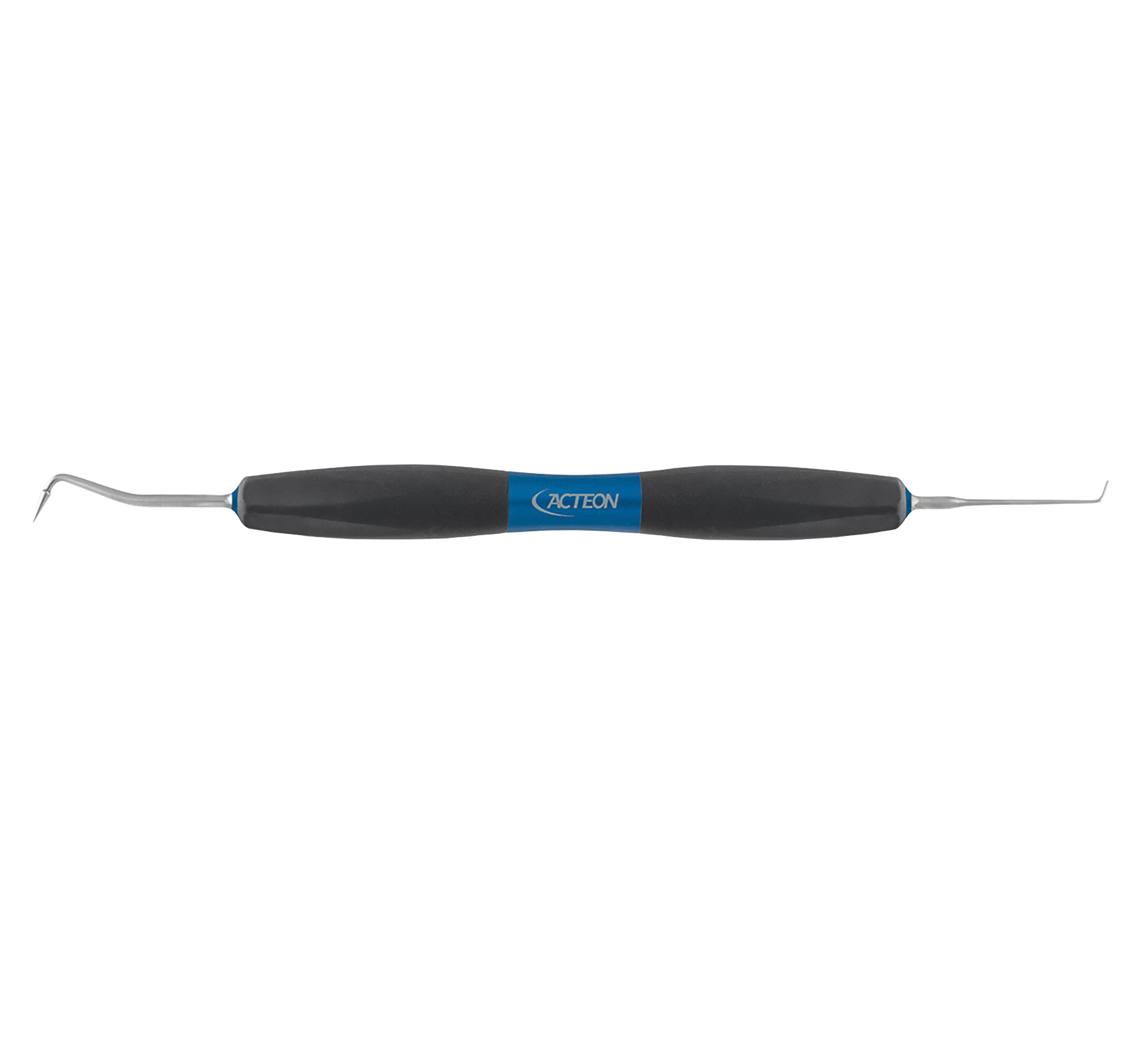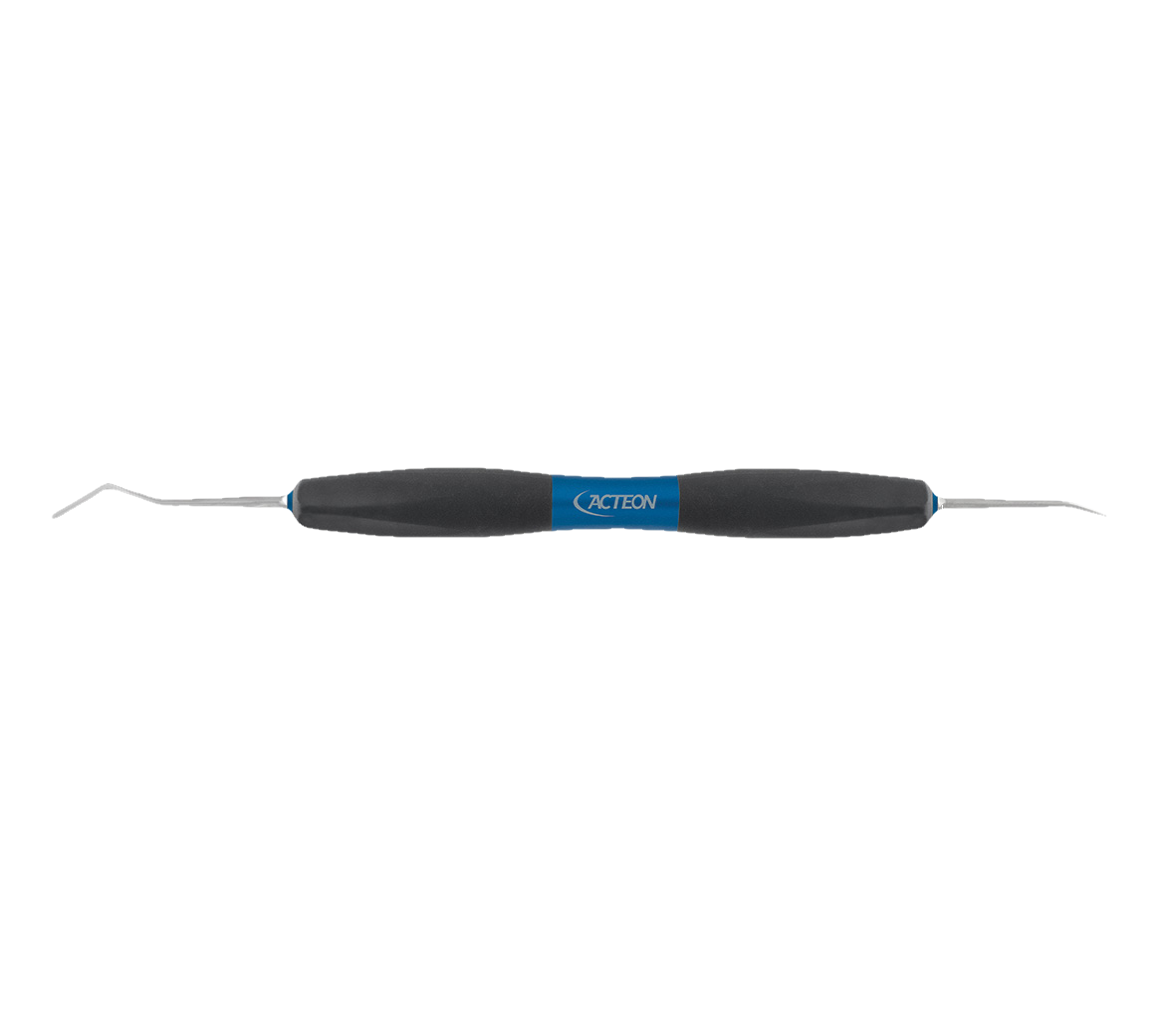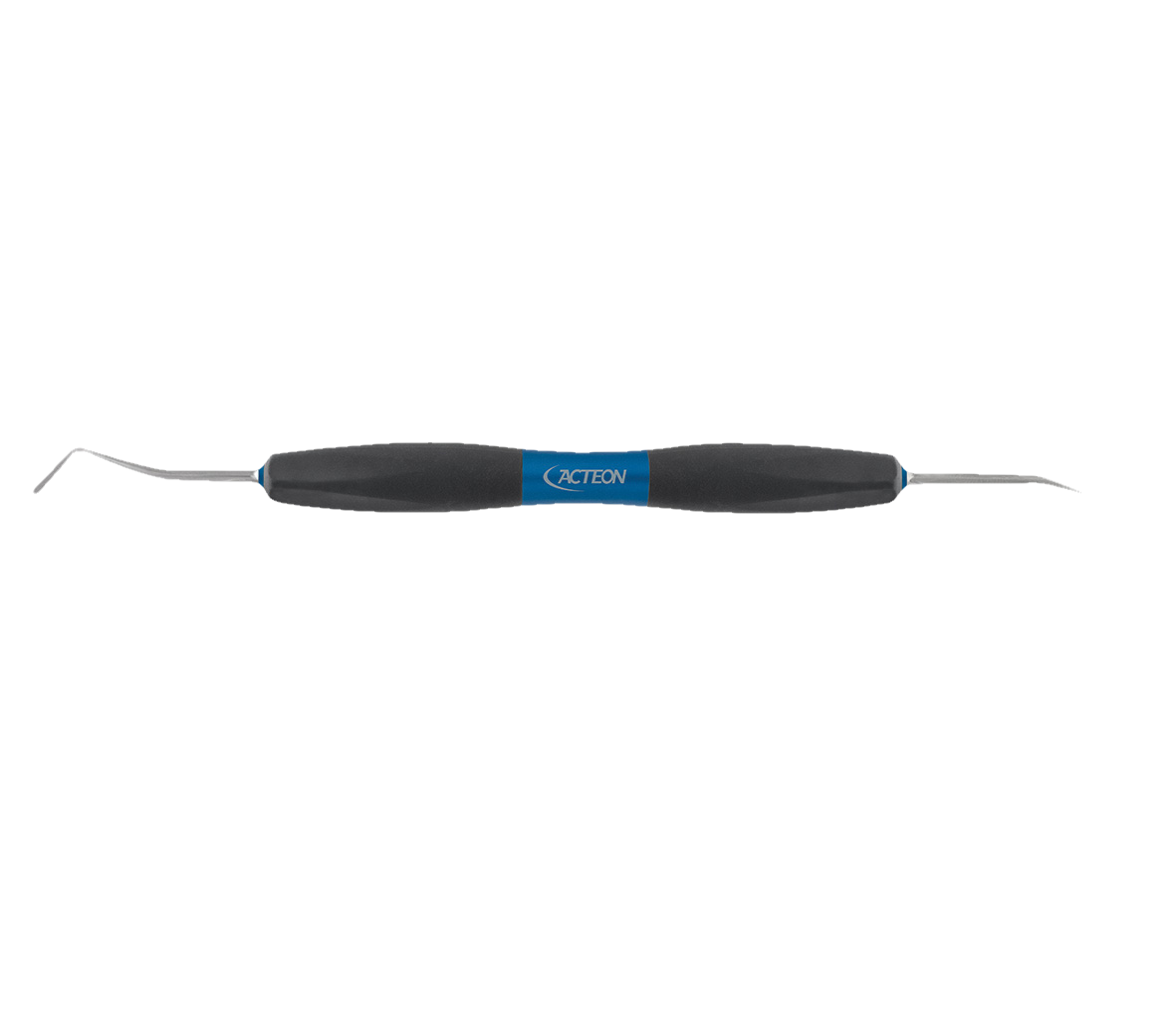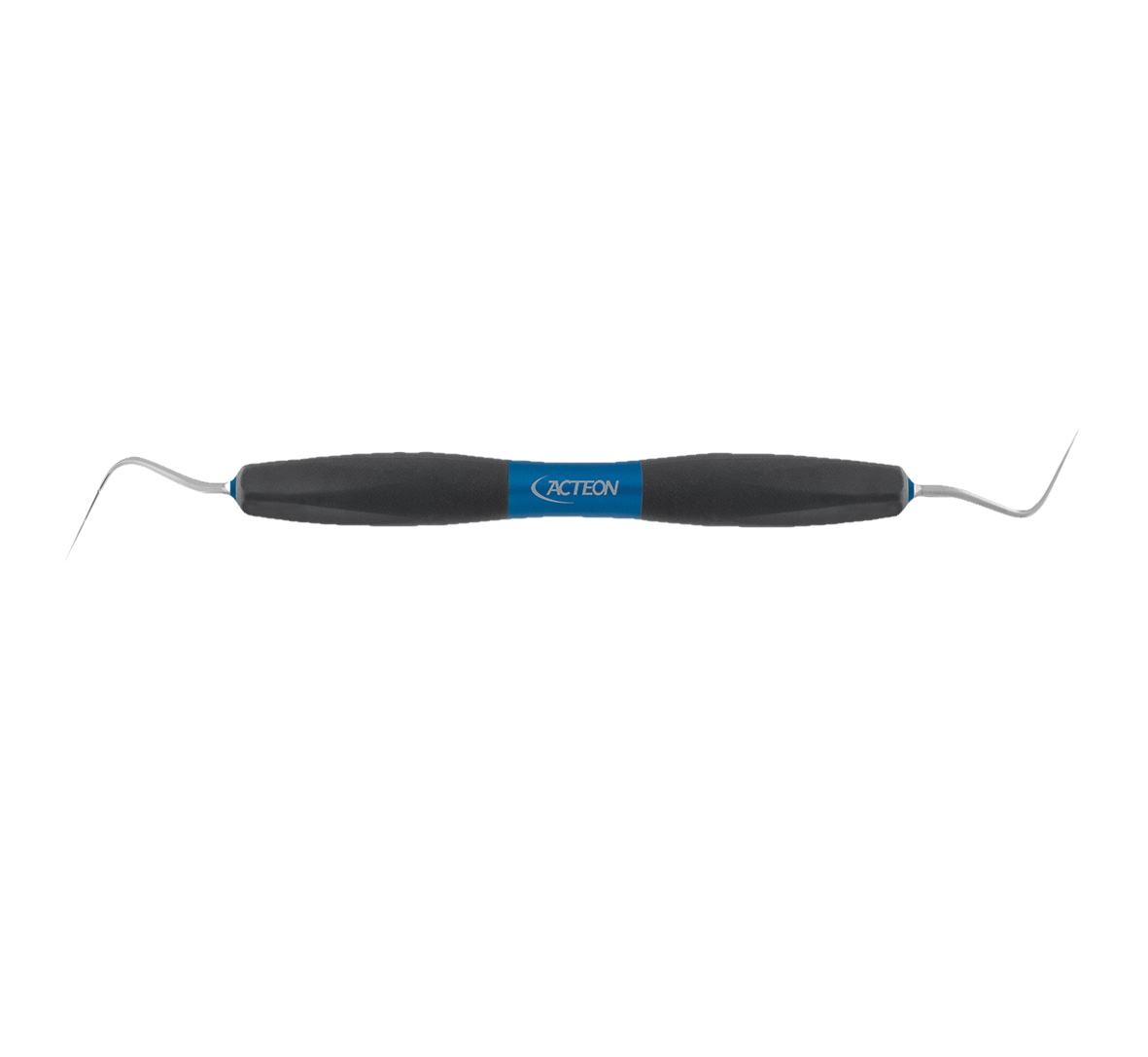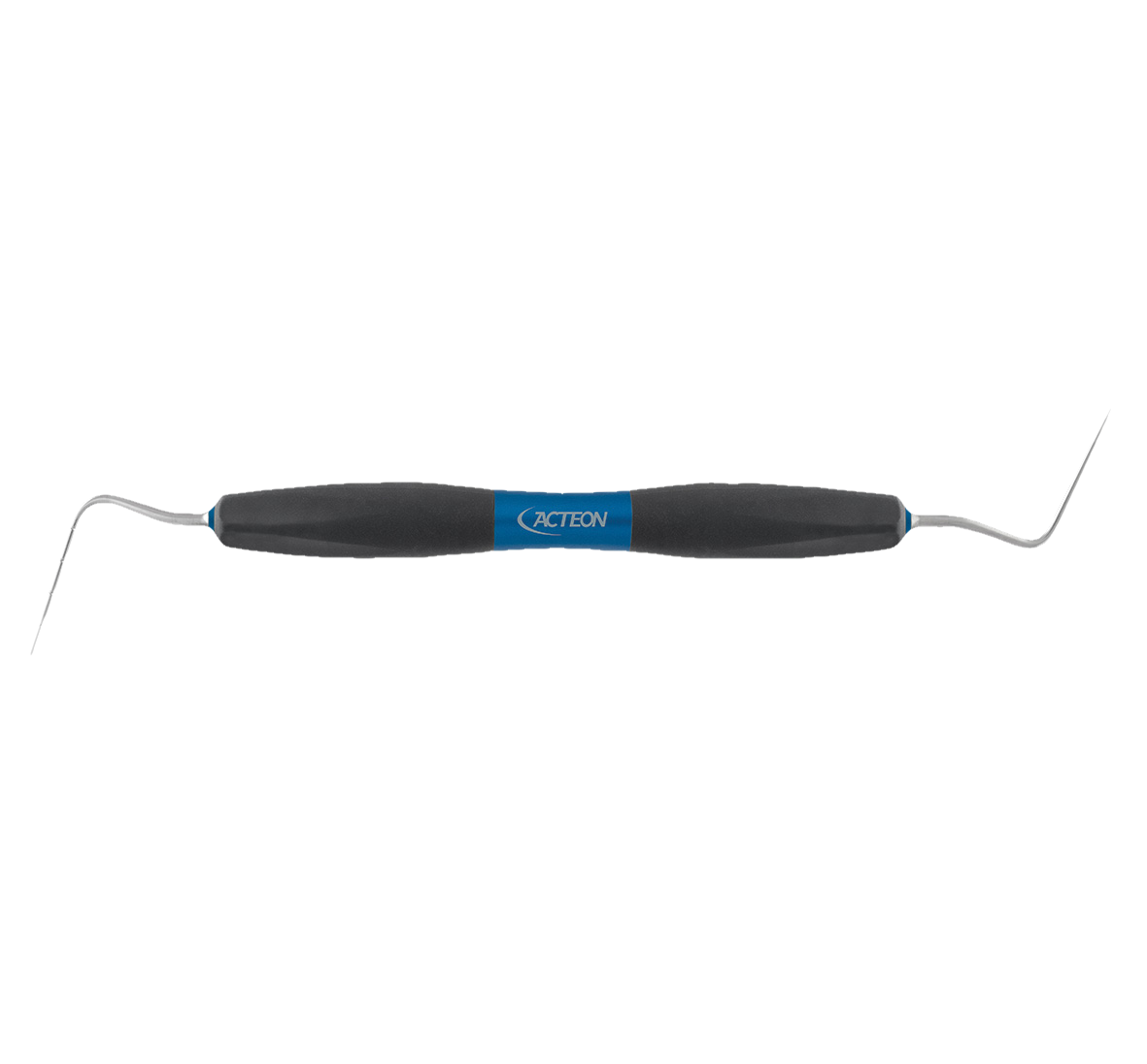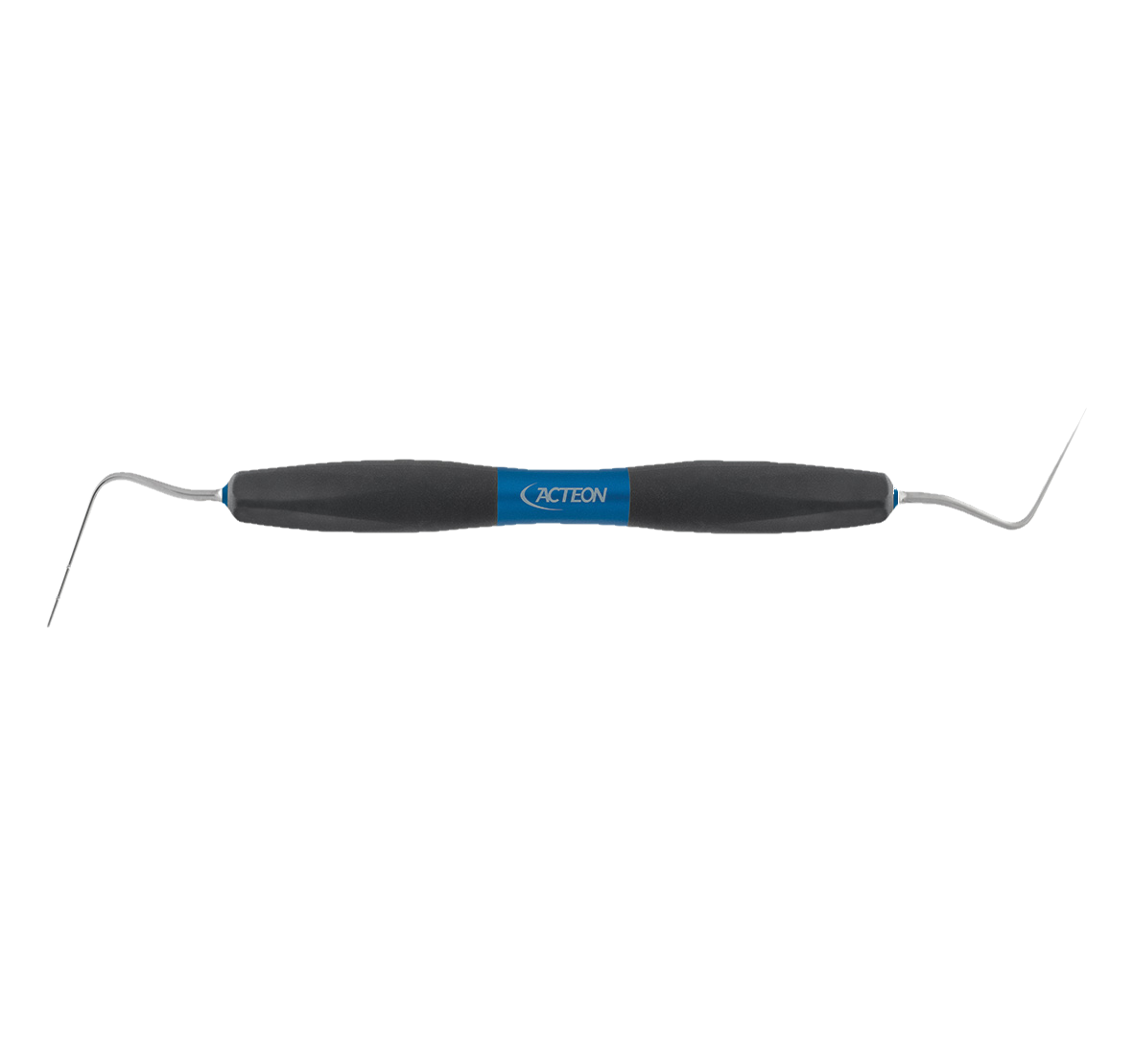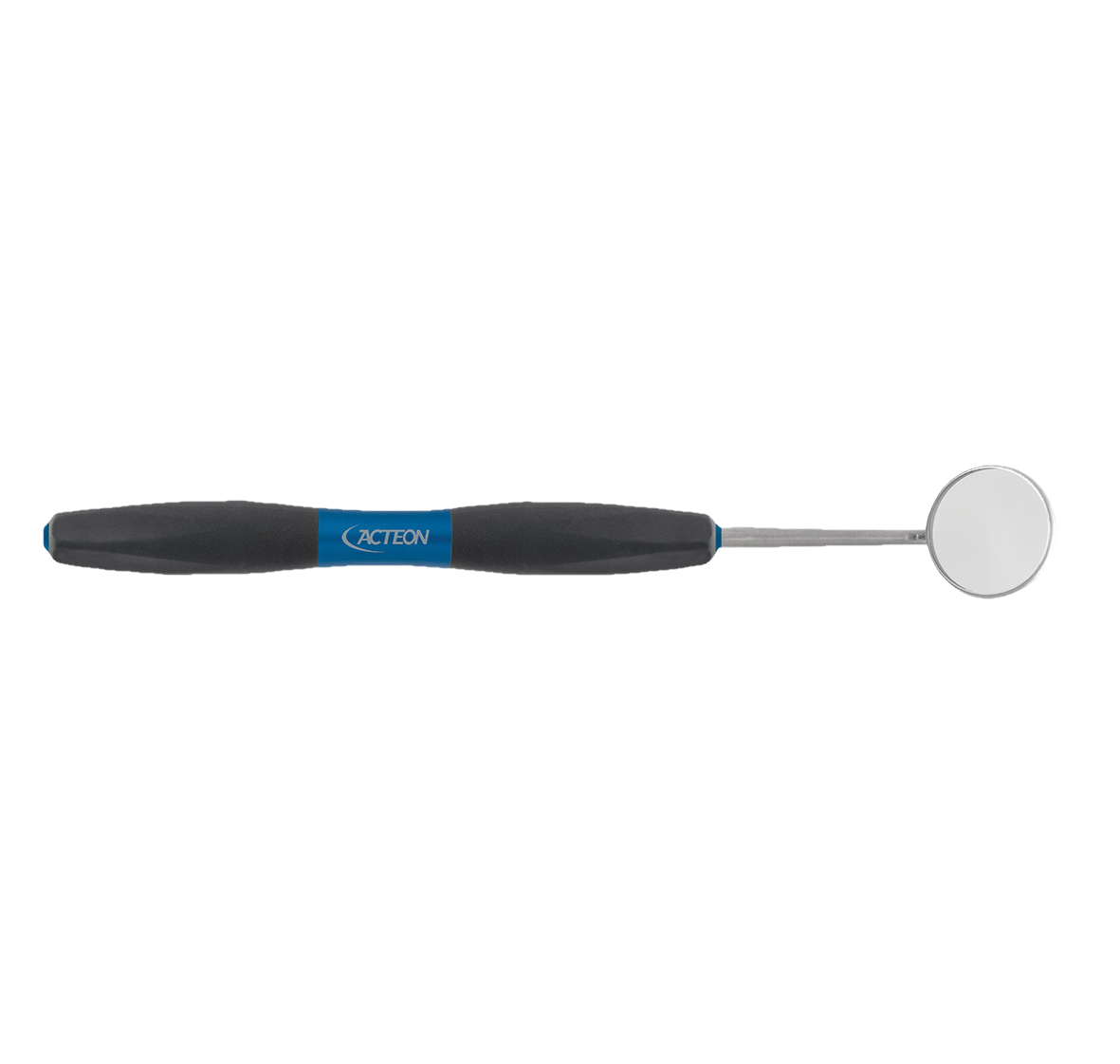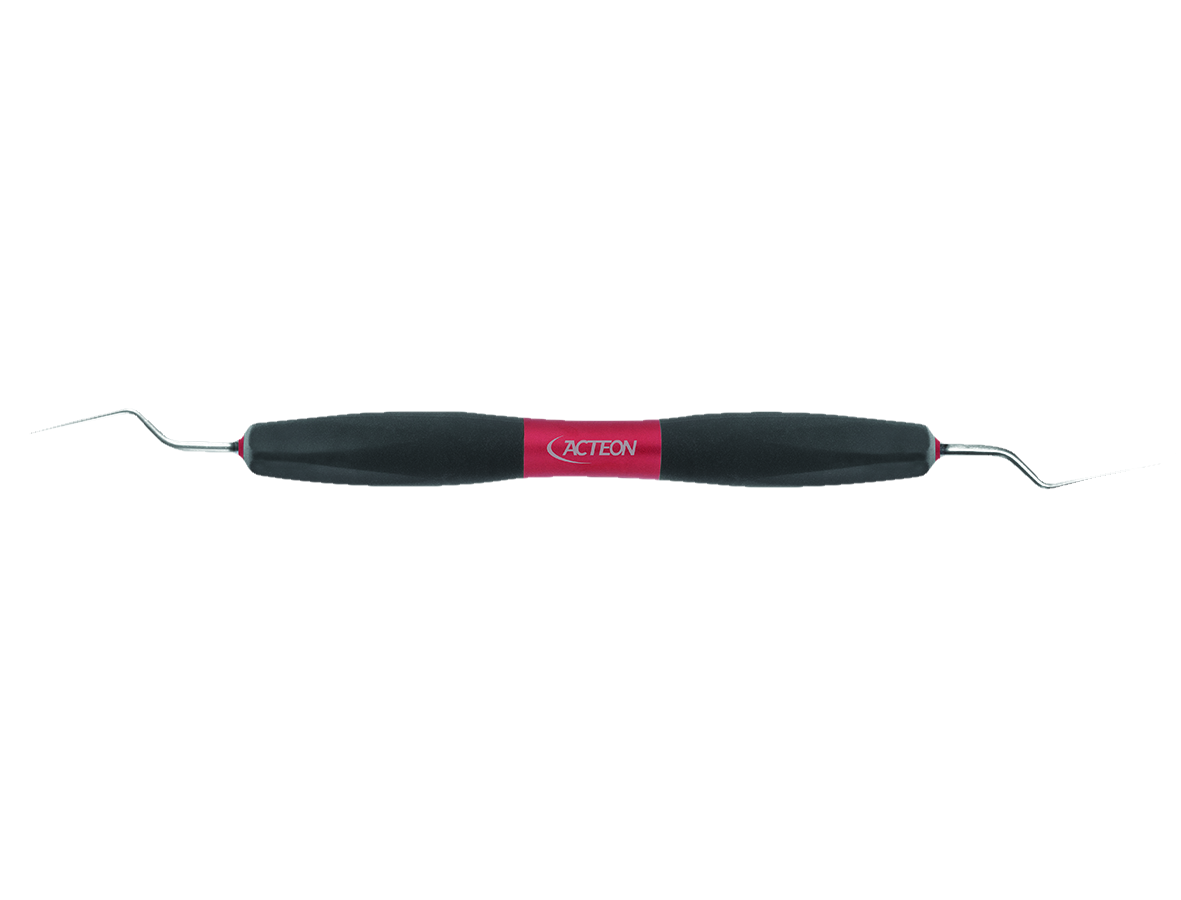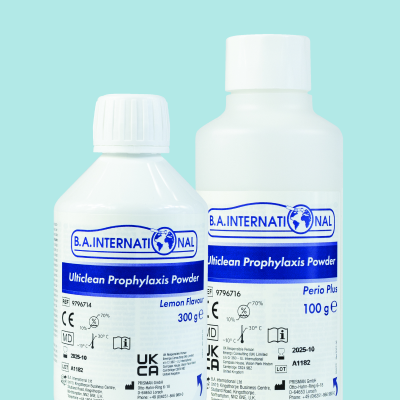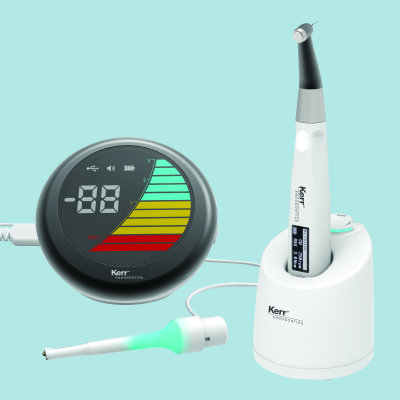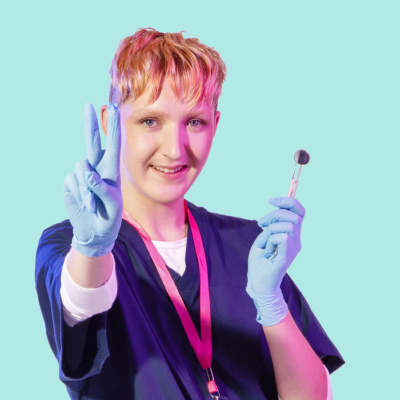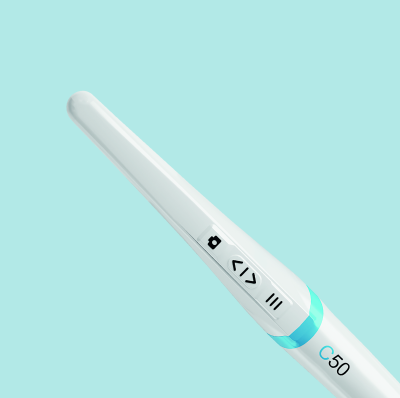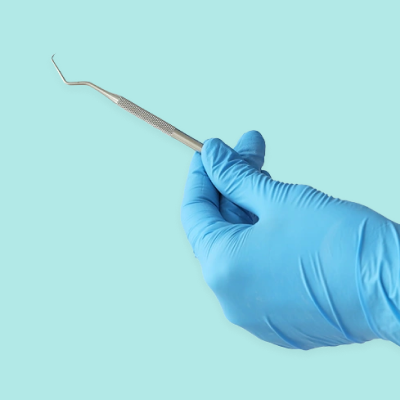Acteon's 4-Step Guide to Successful Outcomes
More than half of UK adults (45%) and 60% of over 65s are currently affected by periodontal disease. For dentists, taking a scientifically supported approach to periodontal therapy is key to achieving successful outcomes and bringing down these worryingly high figures. Acteon, a world leader in the manufacture of periodontal instruments and equipment, suggests following a proven 4-step workflow to achieve the best results.
How serious is periodontal disease?
Periodontal disease, or gum disease as it's more commonly known, has the potential to seriously impact a person’s quality of life. Of all UK adults currently suffering from the disease, 10% are living with the most severe from which can cause pain and tooth loss. Aside from teeth and gums, periodontal disease can also affect mental health and contribute towards heart disease, pneumonia, Alzheimer’s and diabetes. Relaying this information to patients and raising awareness of the serious health risks associating with gum disease can help them improve their oral hygiene.
Gingivitis vs periodontitis - what’s the difference?
The most well-known types of periodontal disease are periodontitis and gingivitis. The key difference between periodontitis and gingivitis is that gingivitis is reversible whilst periodontitis is not. If left untreated, gingivitis can quickly lead to periodontitis which is what destroys the bone around the teeth and leads to tooth loss.
What does a 4-step periodontal workflow look like?
The 4-step periodontal therapy workflow recommended by Acteon looks like this:
Diagnose – Discuss – Treat – Review
The workflow leans on BSP S3 treatment guidelines, the UK version of the European S3 treatment guidelines document. Vital to successful implementation is knowing what periodontal instruments and equipment to use and at what stage.
Acteon Products for Periodontal Therapy
Acteon C50 Camera
The C50 is Acteon’s latest intraoral camera and the ideal diagnostic. A single camera with five different modes, the unprecedented vision improves interpretation of tooth shades with rendering of natural colours.
Macro Mode- It offers more visibility of fissures & caries, providing easier clinical evaluation and enhanced communication between the clinician and patient.
Perio Mode- This mode provides an enhancement of dental plaque and gingival inflammation thanks to chromatic amplification.
Cario Mode - Helps with caries detection by fluorescence technique by LEDs.
Intraoral Mode - The Daylight or Diagnostic aid modes help you visualise anatomical details that are invisible to the naked eye or with a mirror, so you can see the difference between before and after care.
Portrait Mode- The portrait mode turns off the LED light to capture the patient’s facial or lateral side, ensuring the best orthodontics follow-up.
Shop the C50 Camera
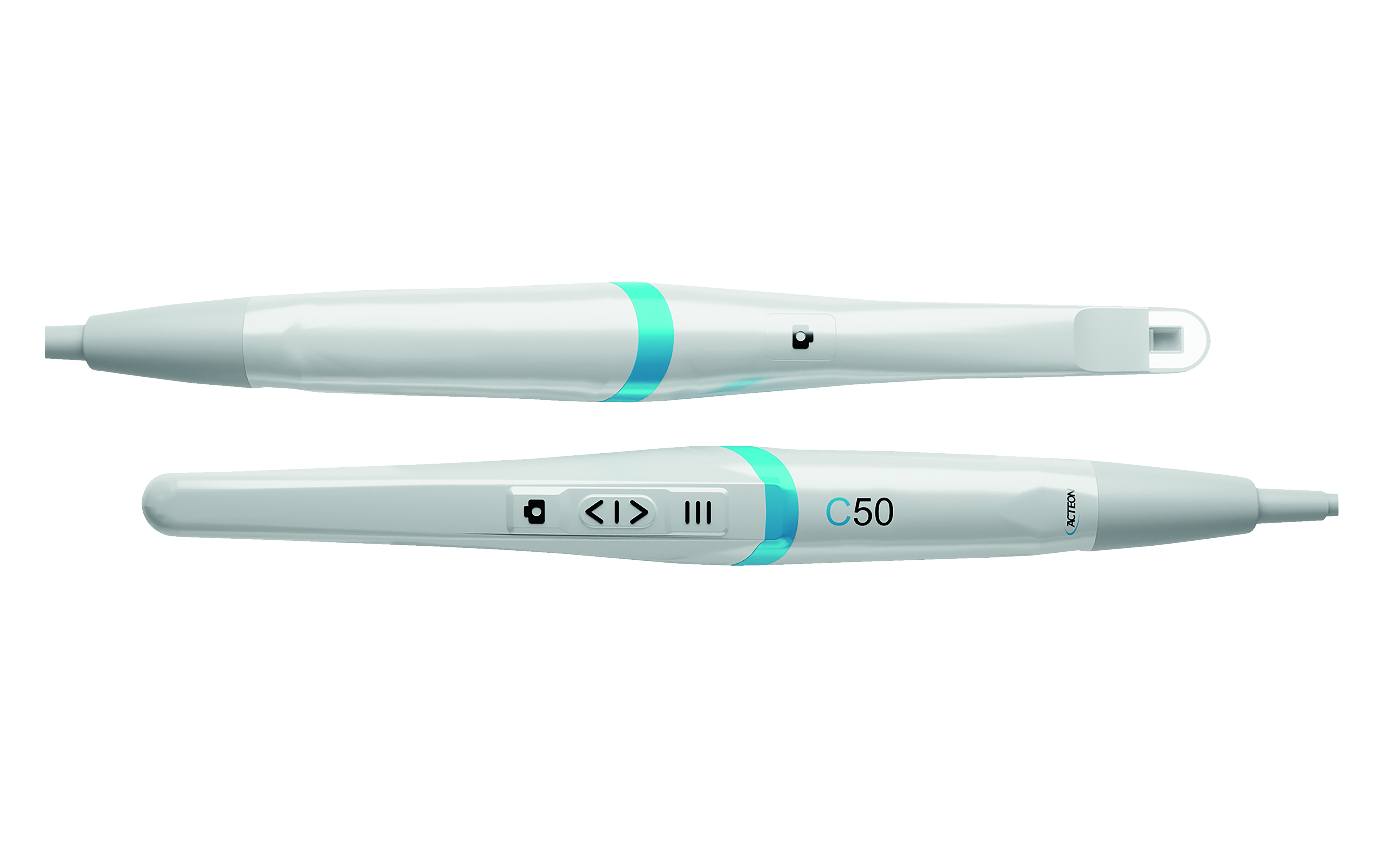
C50 HD Camera
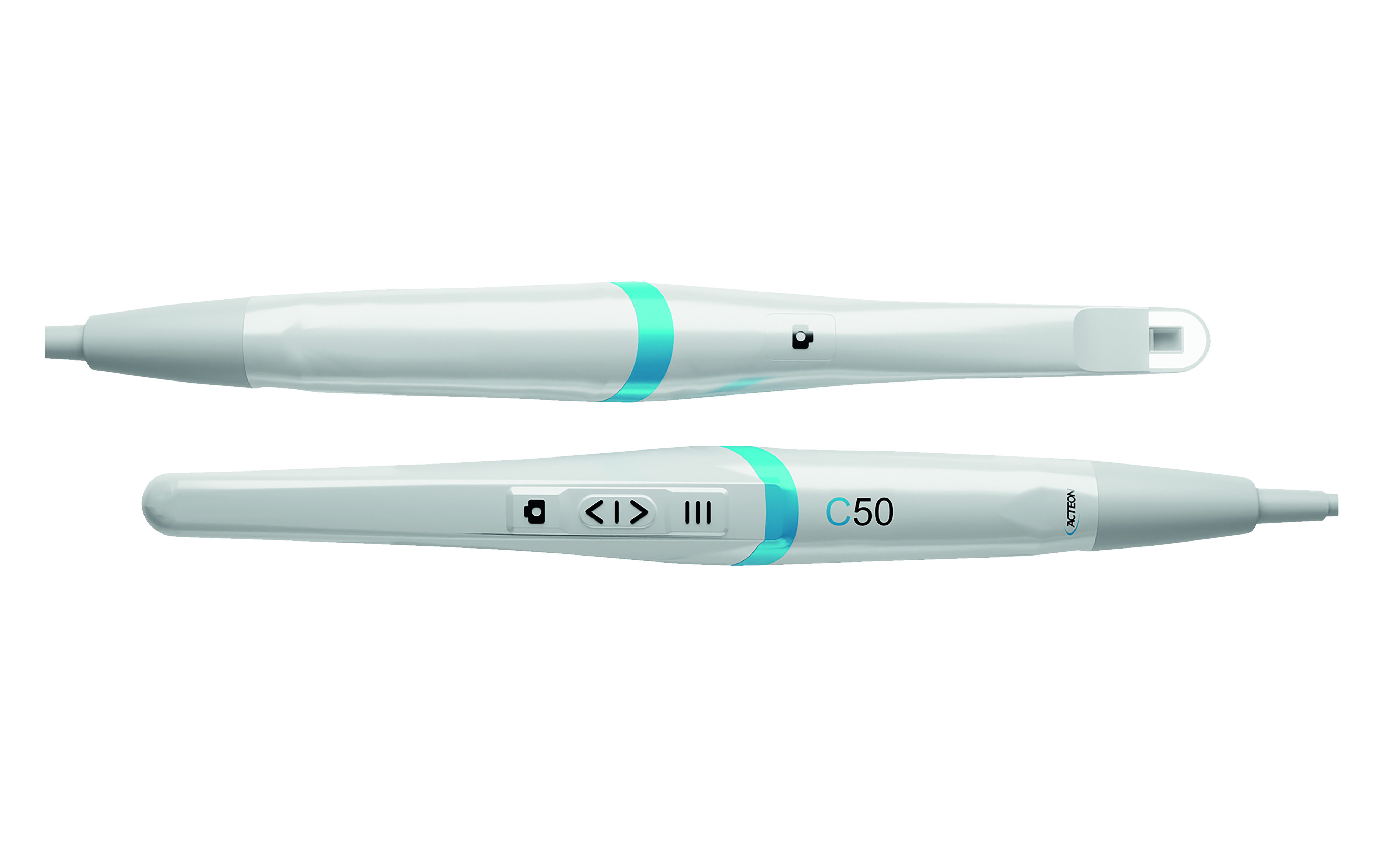
C50 HD Camera with Fluorescence
Shop the C50 Camera
A simple definition of CAD/CAM dentistry is the use of digital software to design and manufacture dental restorations and prostheses. CAD stands for computer-aided design and CAM stands for computer-aided manufacturing. The technology can be used to create crowns, dentures, inlays, onlays, bridges and veneers among other things. The speed of the CAD/CAM process allows for dental prosthetics to be designed, manufactured and delivered to the patient in quick time, sometimes the same day. The wider system of using computer assisted technologies to produce restorations is known as CEREC (Chairside Economical Restoration of Aesthetic Ceramics).

C50 HD Camera

C50 HD Camera with Fluorescence
Pure Newtron P5 BLED
Acteon Pure Newtron P5 BLED is a compact and stylish ultrasonic generator combining 4 treatment modes. It is used at step 2 of the workflow to perform subgingival instrumentation and at steps 3 and 4 if surgical intervention is required. Studies have shown that equipment like the Newtron P5 BLED can reduce treatment times by 20 to 50% when compared to hand scaling alone.
- Sleek ergonomic design
- Removable control dial
- Handpiece holder for aseptic control
- LED technology for detection of dental plaque
Shop Pure Newtron P5 BLED
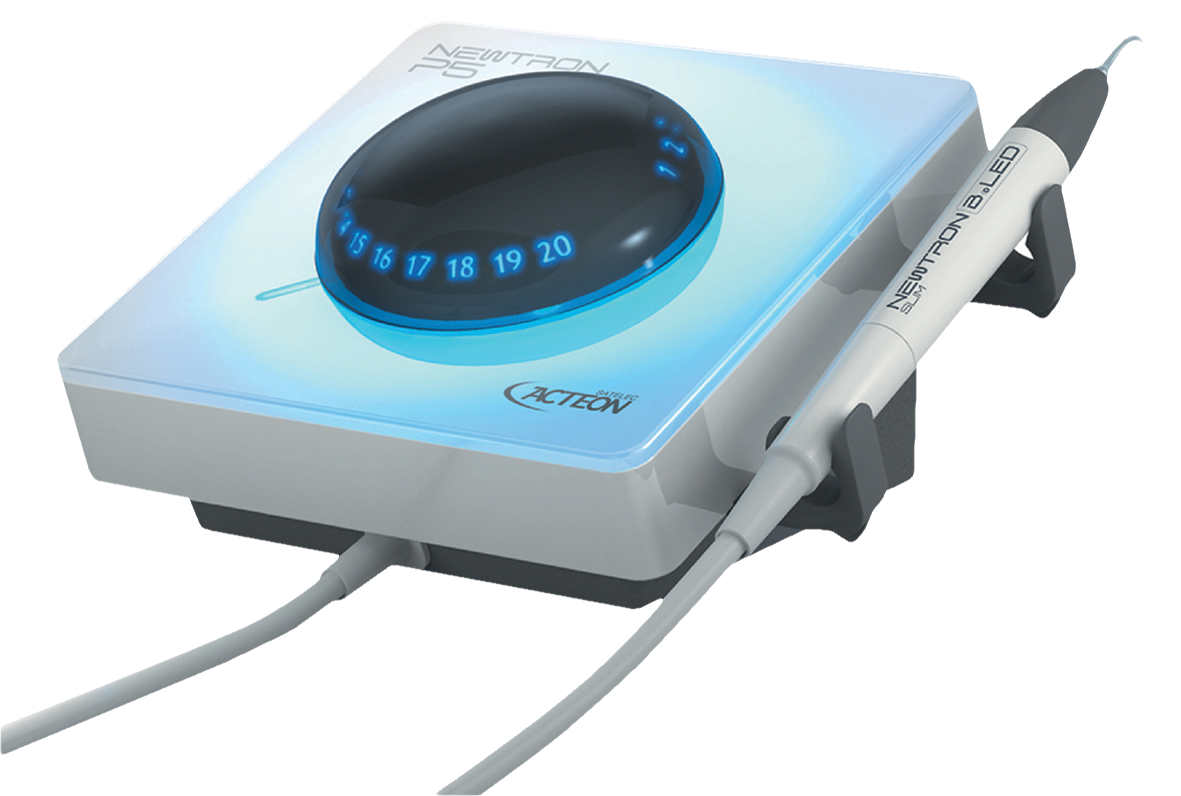
Pure Newtron P5 BLED

Pure Newtron SLIM BLED LED Handpiece Blue Light Ri
Shop Pure Newtron P5 BLED
A simple definition of CAD/CAM dentistry is the use of digital software to design and manufacture dental restorations and prostheses. CAD stands for computer-aided design and CAM stands for computer-aided manufacturing. The technology can be used to create crowns, dentures, inlays, onlays, bridges and veneers among other things. The speed of the CAD/CAM process allows for dental prosthetics to be designed, manufactured and delivered to the patient in quick time, sometimes the same day. The wider system of using computer assisted technologies to produce restorations is known as CEREC (Chairside Economical Restoration of Aesthetic Ceramics).

Pure Newtron P5 BLED

Pure Newtron SLIM BLED LED Handpiece Blue Light Ri
Acteon Air-N-Go
Acteon Air-N-Go is a dual air polisher suitable for not only periodontal treatment, but prophylaxis and implant work too. 4 different nozzles are available to provide a continuous, accurate and controlled spray. It can be used at steps 2 and 3 of a periodontal workflow and at step 4 to perform PMPR (professional mechanical plaque removal) if required.
- Ultra-handy, lightweight and with a 360-degree rotation
- Supreme freedom of movement including difficult to access areas
- Features a non-slip silicone ring which increases the grip and reduces the risk of dropping
- Can be turned from air polisher into air and water syringe with STOP POWDER function
- Range of powder flavours available
Shop Air-N-Go Powders

Air-N-Go Perio Powder Bottle 160g

Air-N-Go Classic Powder Bottle Peppermint 250g 4pk

Air-N-Go Classic Powder Bottle Lemon 250g 4pk

Air-N-Go Classic Powder Bottle Raspberry 250g 4pk

Air-N-Go Classic Powder Bottle Assorted 250g 4pk
Shop Air-N-Go Powders
A simple definition of CAD/CAM dentistry is the use of digital software to design and manufacture dental restorations and prostheses. CAD stands for computer-aided design and CAM stands for computer-aided manufacturing. The technology can be used to create crowns, dentures, inlays, onlays, bridges and veneers among other things. The speed of the CAD/CAM process allows for dental prosthetics to be designed, manufactured and delivered to the patient in quick time, sometimes the same day. The wider system of using computer assisted technologies to produce restorations is known as CEREC (Chairside Economical Restoration of Aesthetic Ceramics).

Air-N-Go Perio Powder Bottle 160g

Air-N-Go Classic Powder Bottle Peppermint 250g 4pk

Air-N-Go Classic Powder Bottle Lemon 250g 4pk

Air-N-Go Classic Powder Bottle Raspberry 250g 4pk

Air-N-Go Classic Powder Bottle Assorted 250g 4pk
Shop Air-N-Go Nozzles
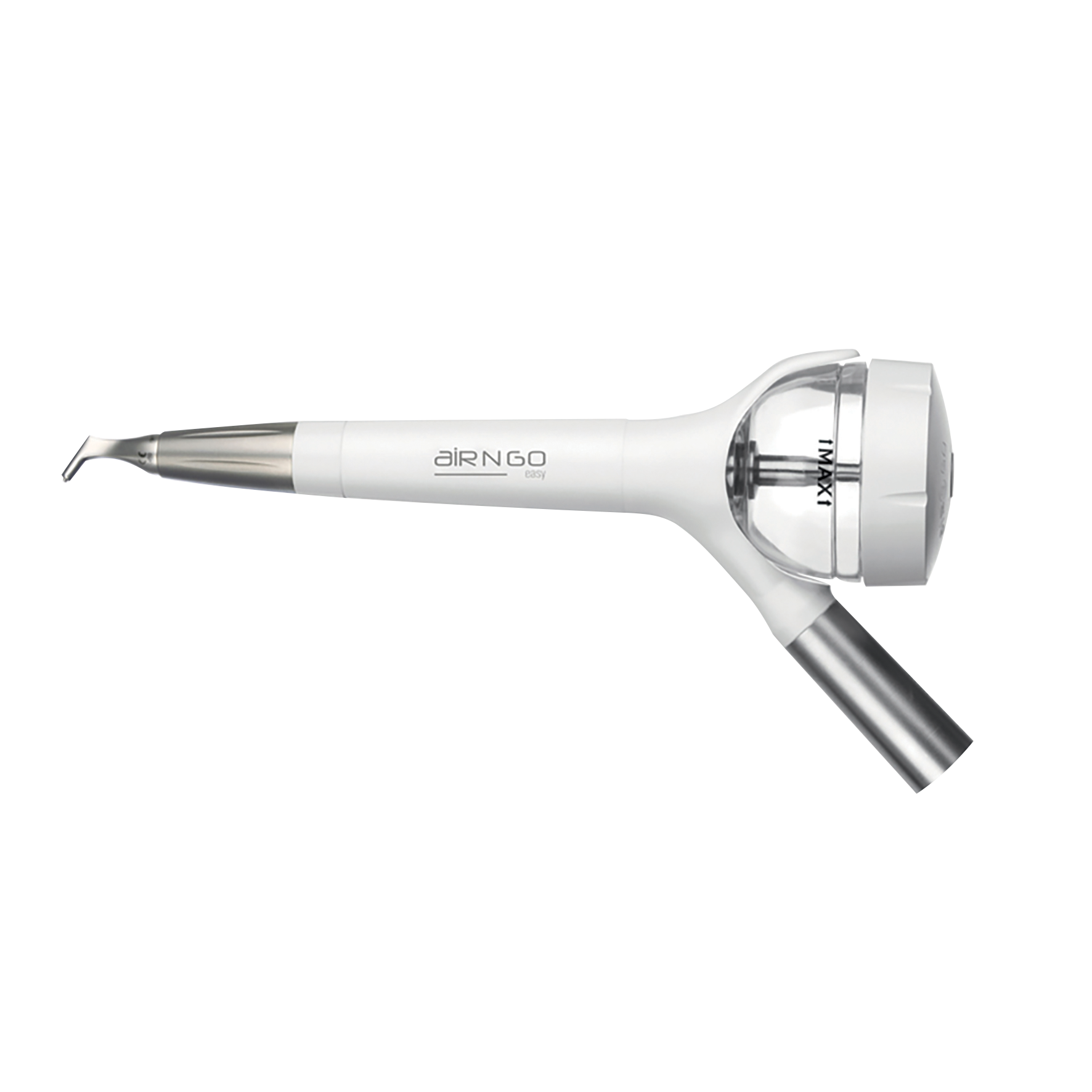
Air-N-Go KaVo w/Nozzles 2pk & Sleeves 2pk
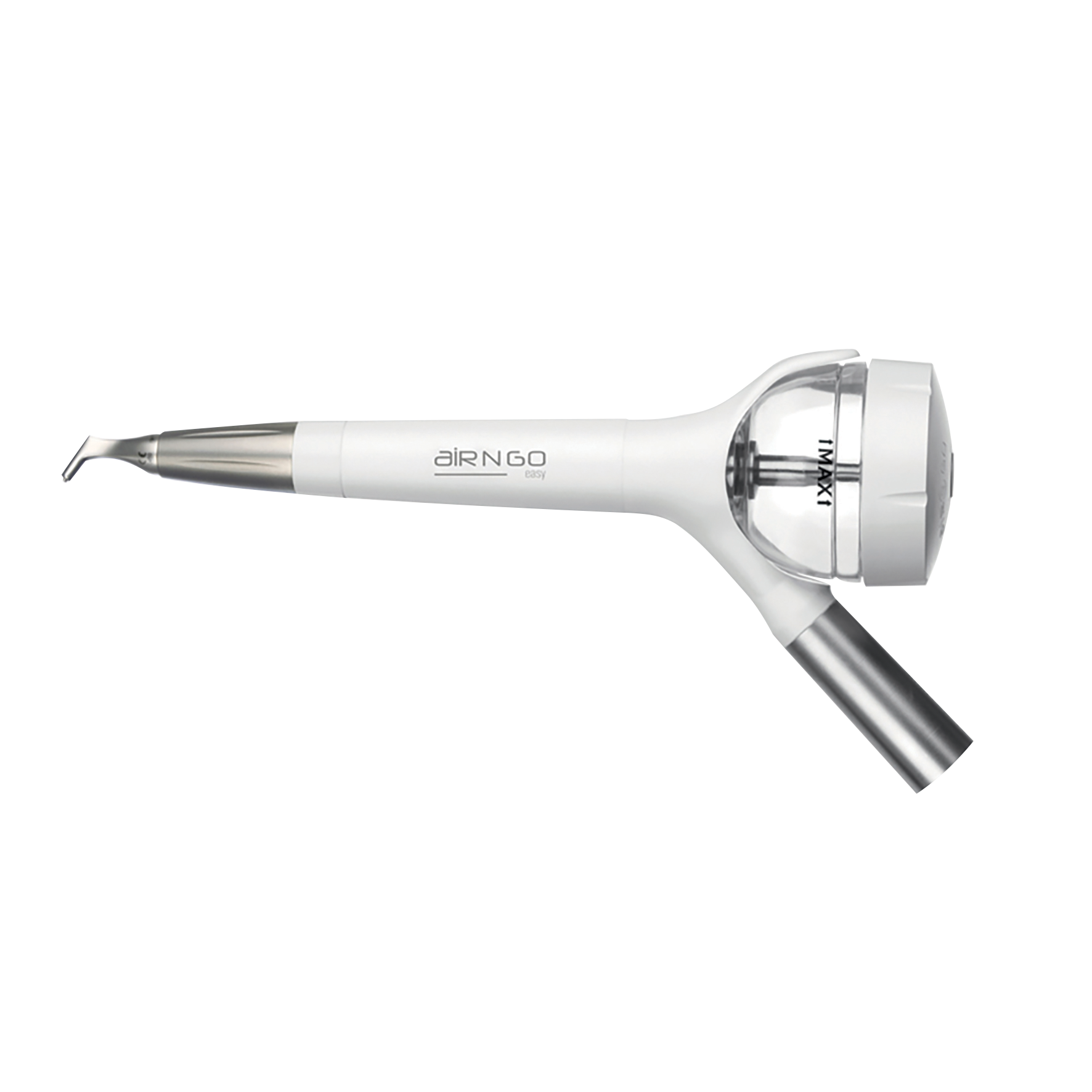
Air-N-Go Easy W&H w/Nozzles 2pk & Sleeves 2pk

Air-N-Go Bien Air w/Nozzles 2pk & Sleeves 2pk

Air-N-Go Midwest w/Nozzles 2pk & Sleeves 2pk
Shop Air-N-Go Nozzles
A simple definition of CAD/CAM dentistry is the use of digital software to design and manufacture dental restorations and prostheses. CAD stands for computer-aided design and CAM stands for computer-aided manufacturing. The technology can be used to create crowns, dentures, inlays, onlays, bridges and veneers among other things. The speed of the CAD/CAM process allows for dental prosthetics to be designed, manufactured and delivered to the patient in quick time, sometimes the same day. The wider system of using computer assisted technologies to produce restorations is known as CEREC (Chairside Economical Restoration of Aesthetic Ceramics).

Air-N-Go KaVo w/Nozzles 2pk & Sleeves 2pk

Air-N-Go Easy W&H w/Nozzles 2pk & Sleeves 2pk

Air-N-Go Bien Air w/Nozzles 2pk & Sleeves 2pk

Air-N-Go Midwest w/Nozzles 2pk & Sleeves 2pk
Acteon Bliss hand instruments
Acteon Bliss hand instruments are ergonomic and lightweight hand instruments that can be used at steps 2, 3 and 4 of a periodontal therapy workflow. Bliss instruments use surgical grade stainless steel and thermal treatments to make ultra-sharp, long-lasting edges.
All the products needed to implement an effective 4-step periodontal therapy workflow are available to buy from Kent Express. Click on the link below to view our latest deals on these products.
Acteon products for periodontal therapy
All the products needed to implement an effective 4-step periodontal therapy workflow are available to buy from Kent Express. Click on the link below to view our latest deals on these products.

Acteon products for periodontal therapy
All the products needed to implement an effective 4-step periodontal therapy workflow are available to buy from Kent Express. Click on the link below to view our latest deals on these products.


